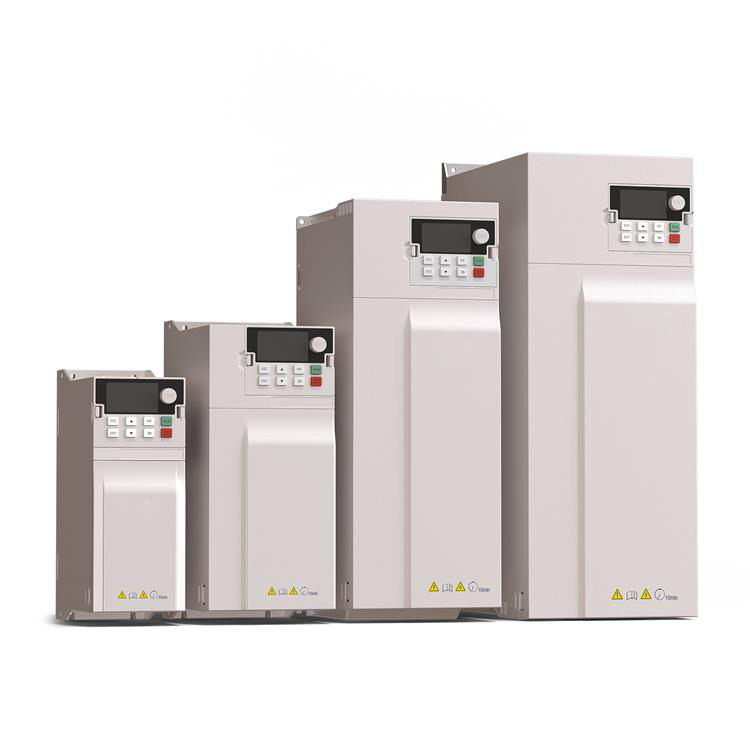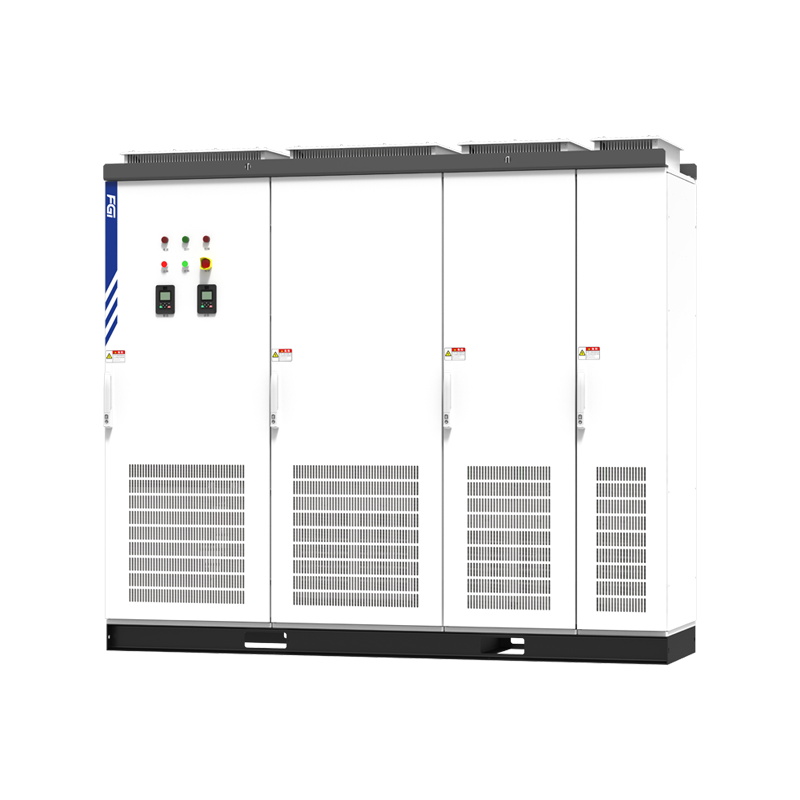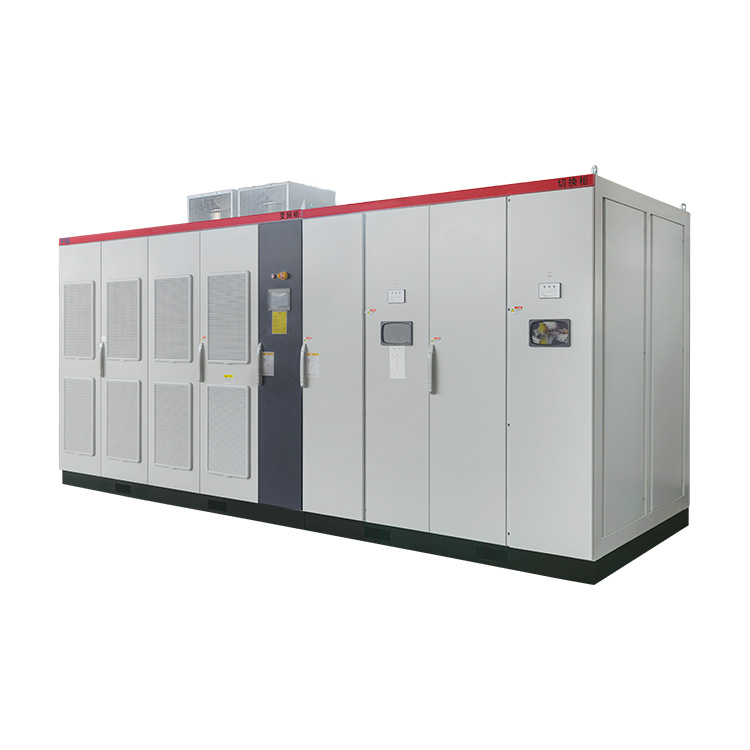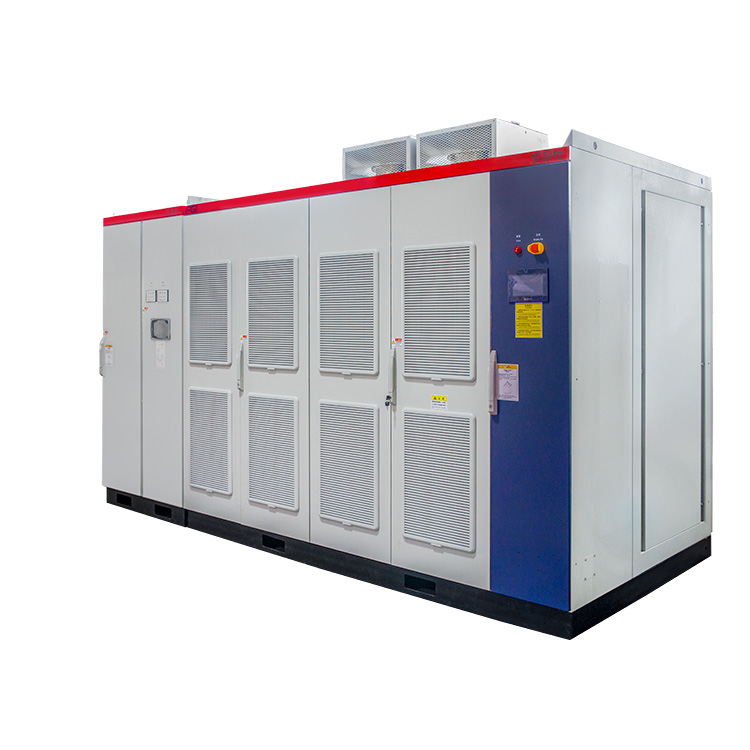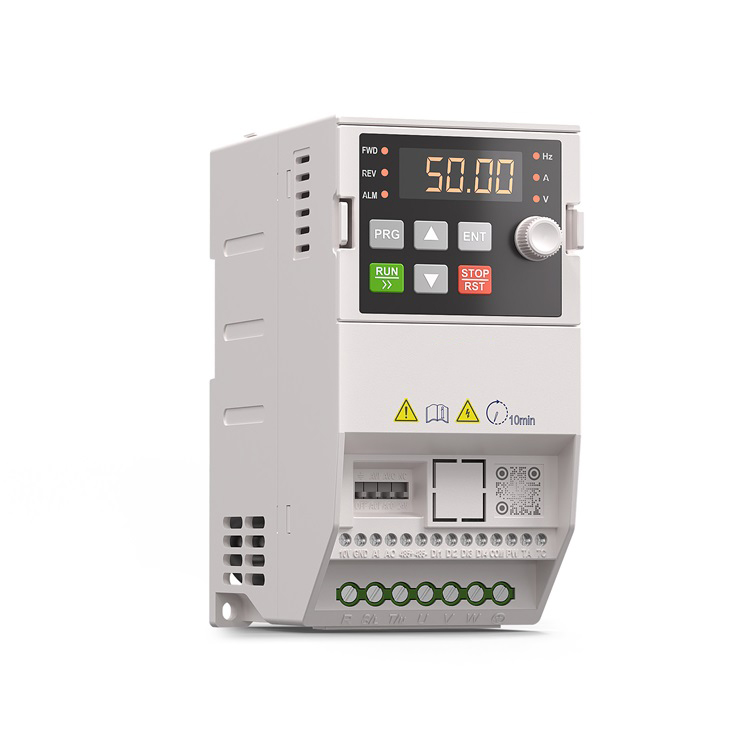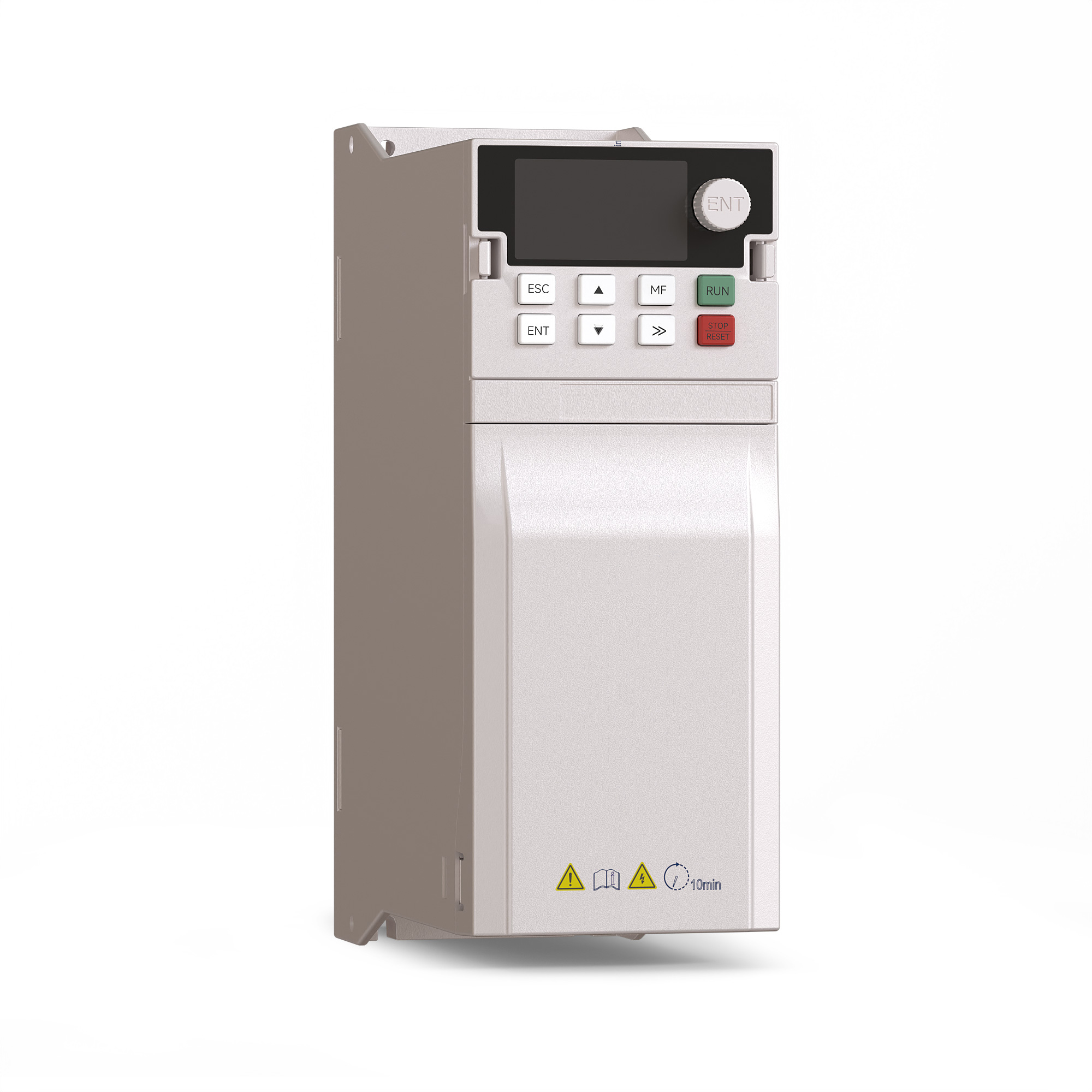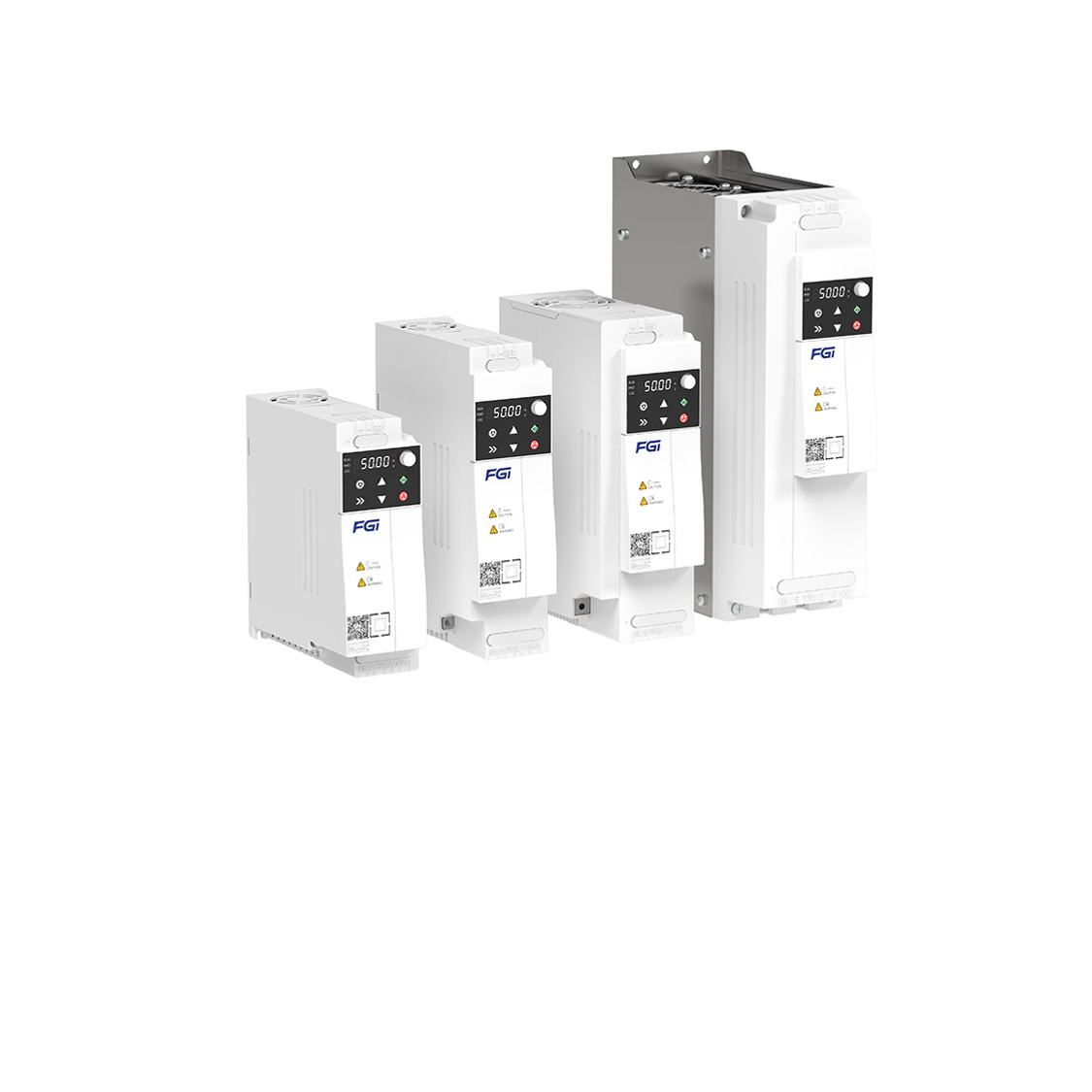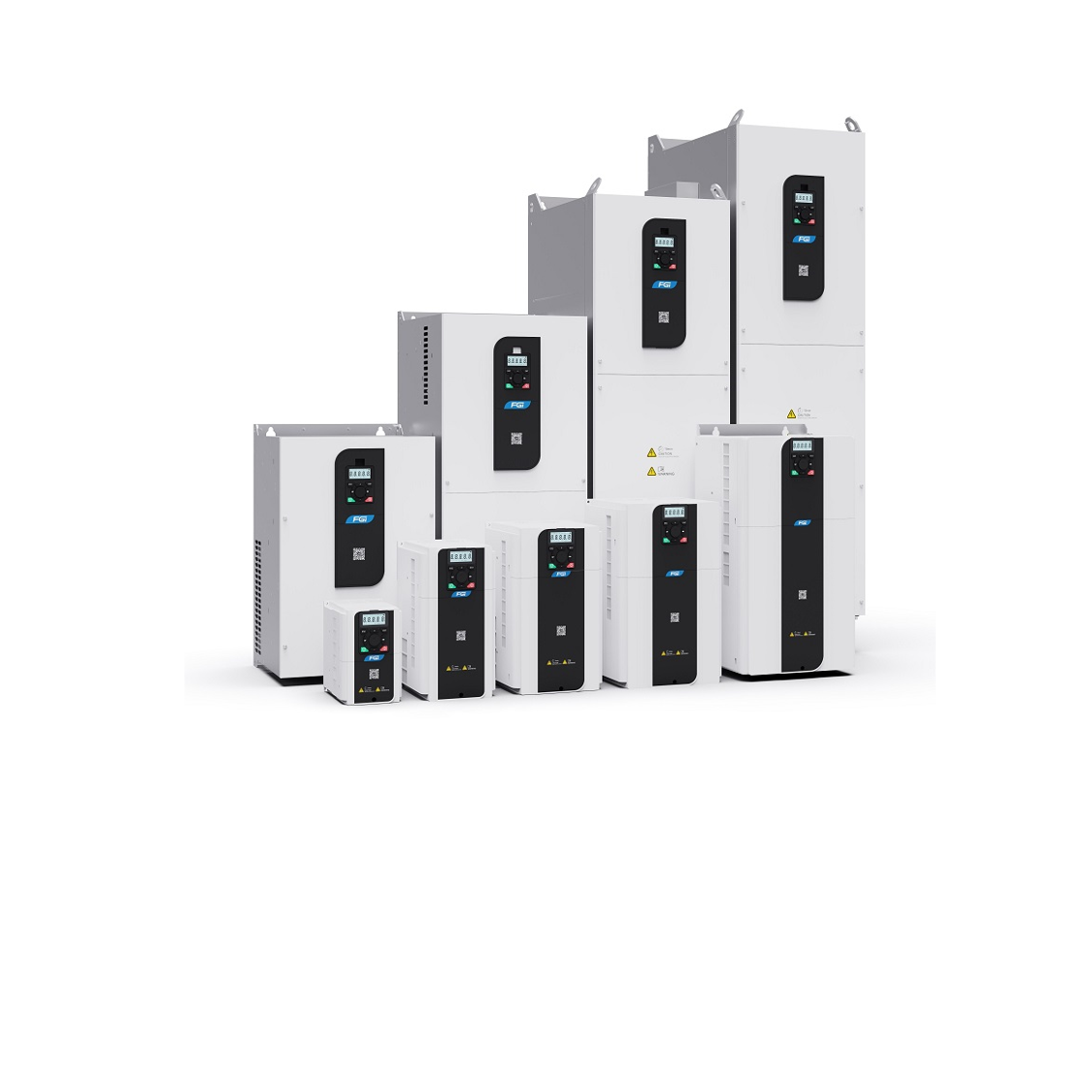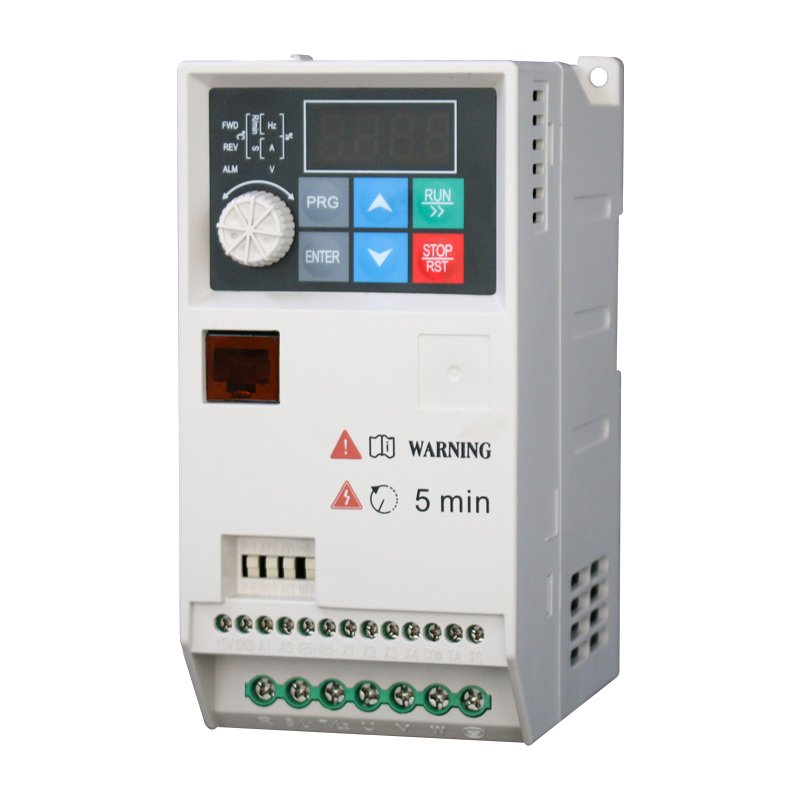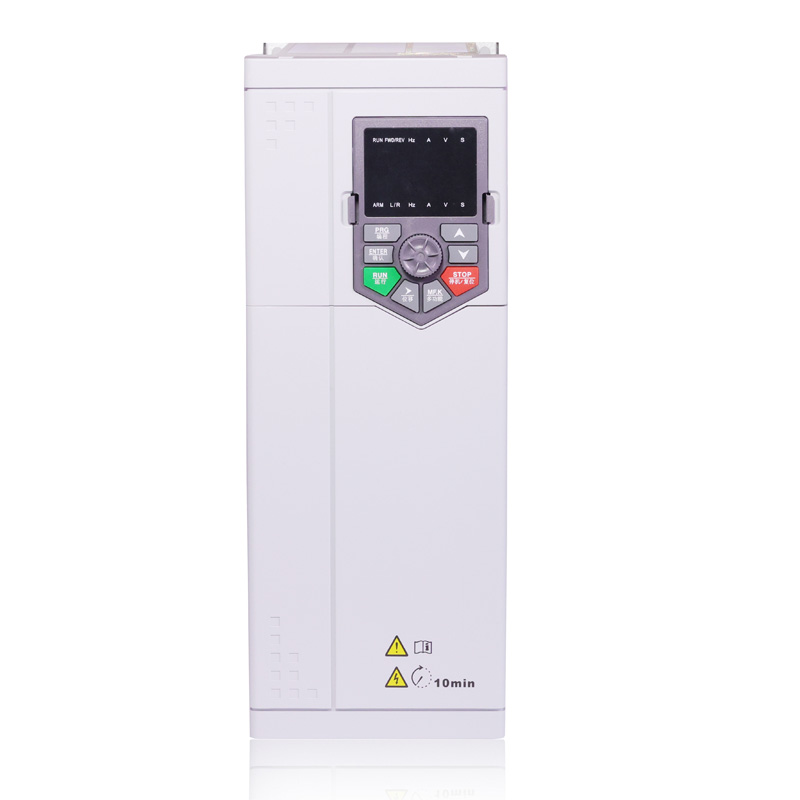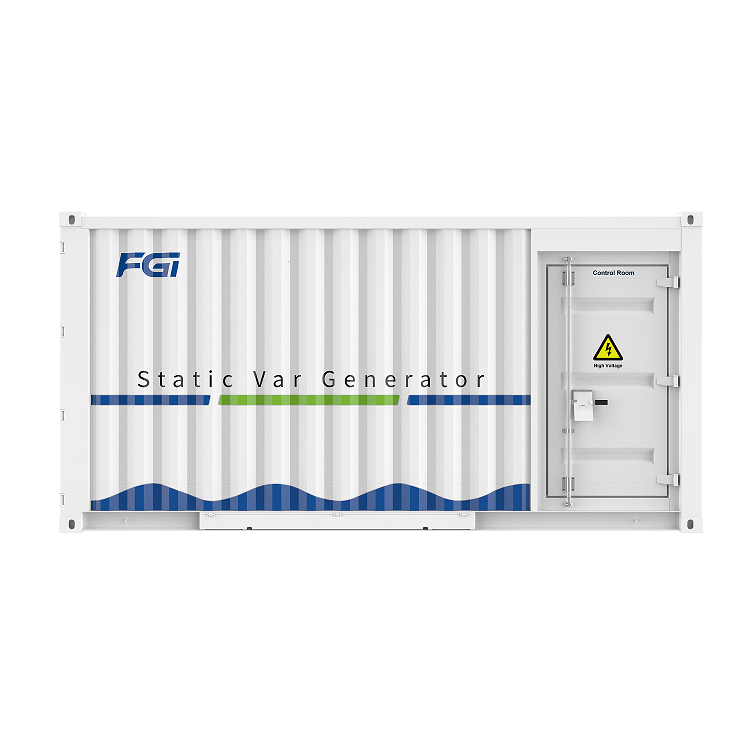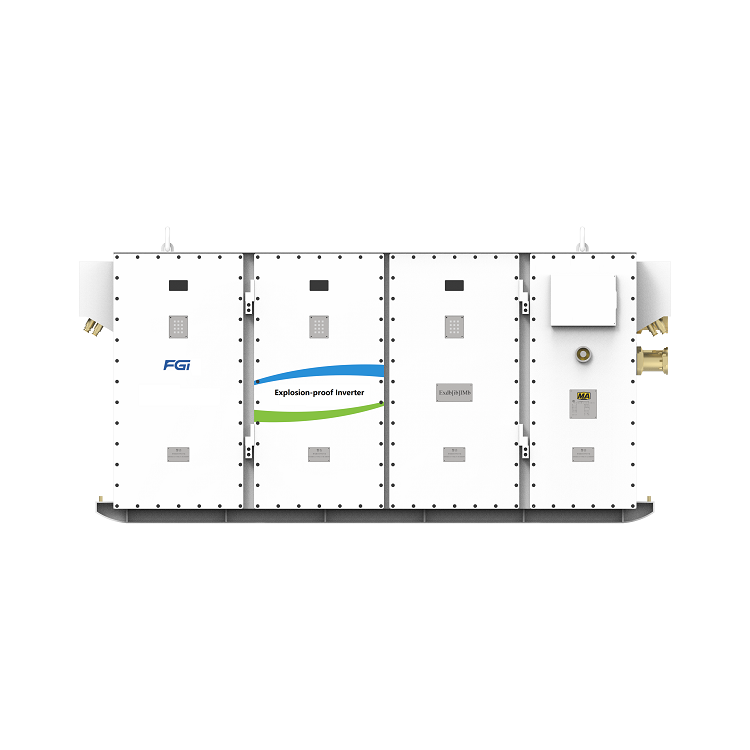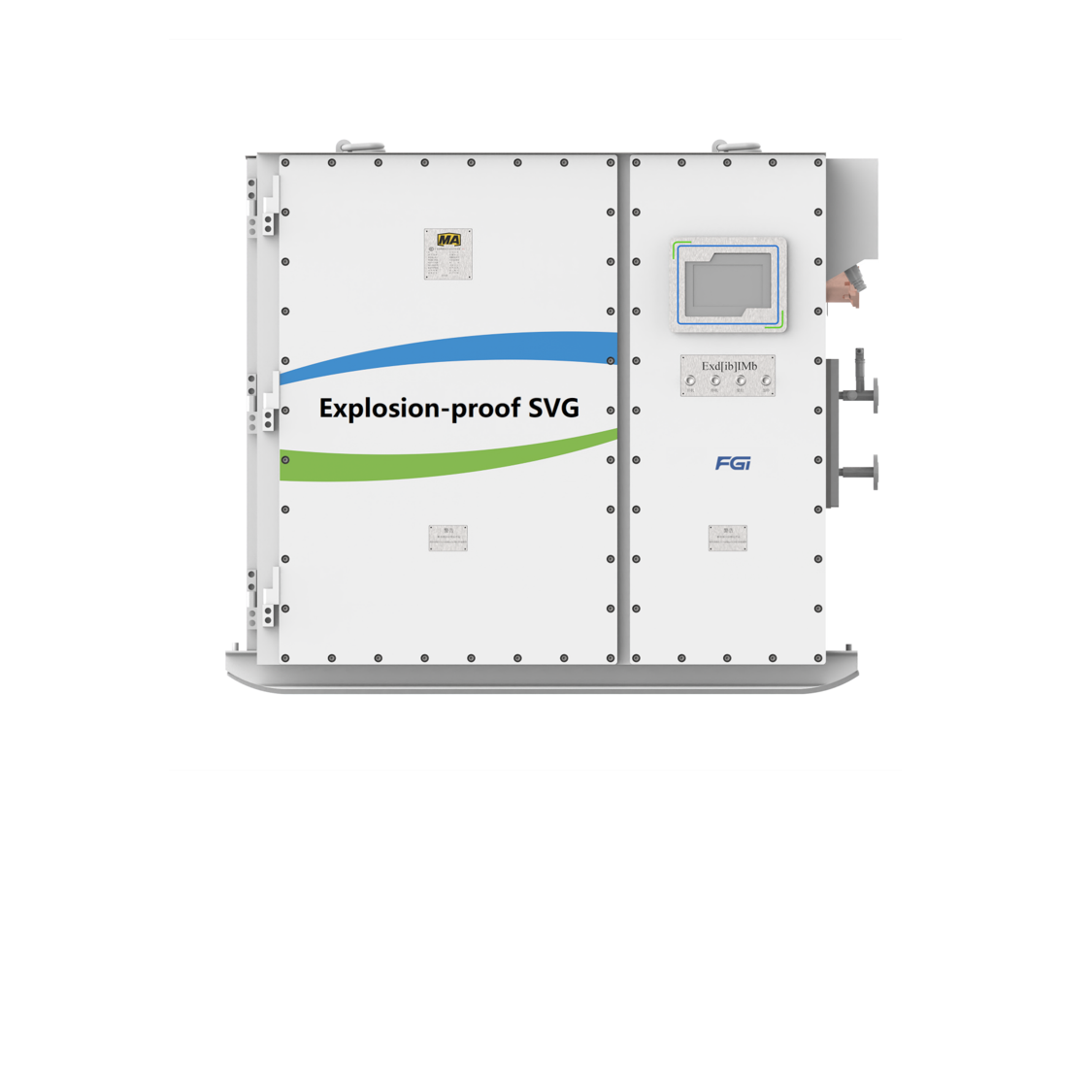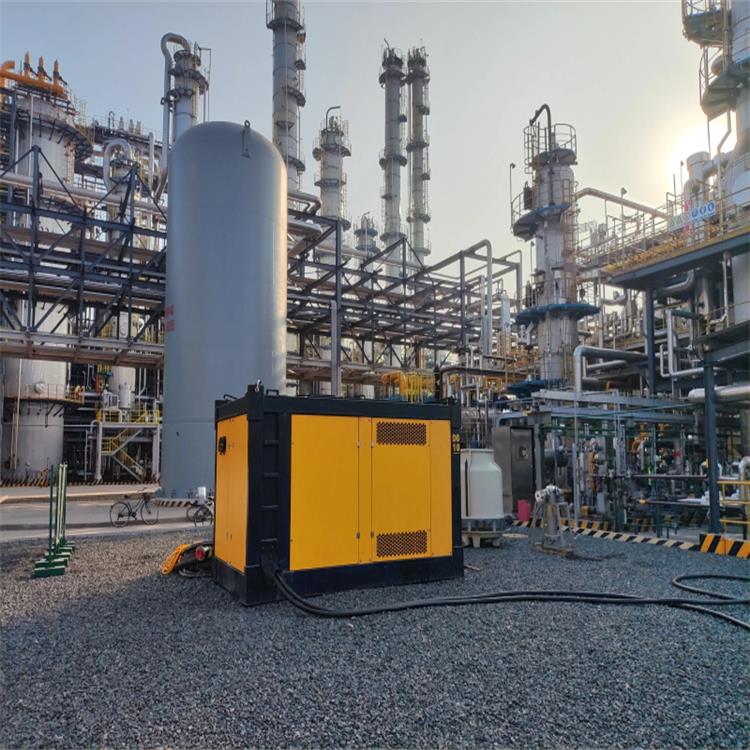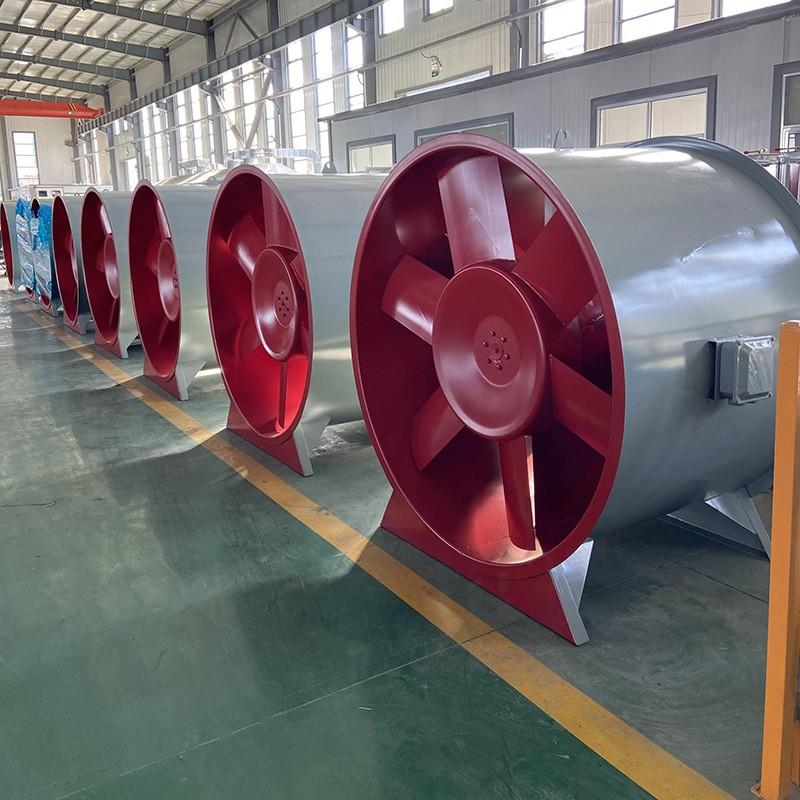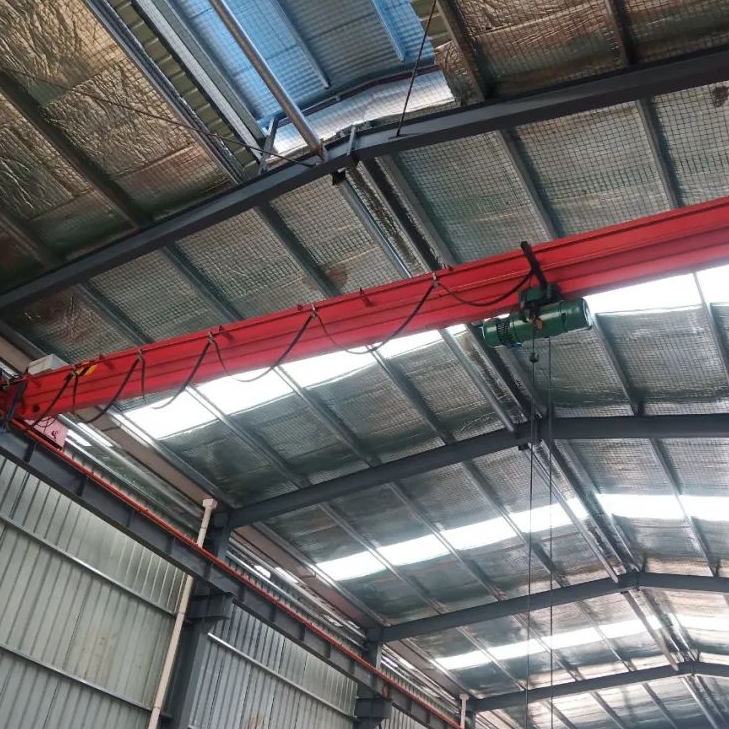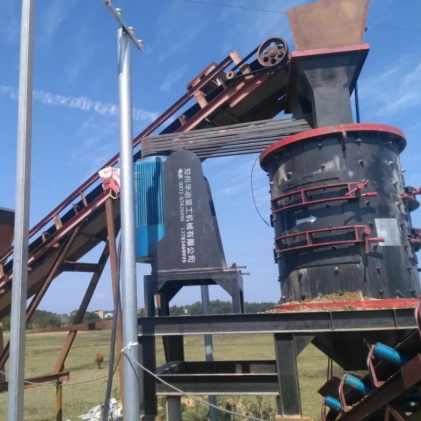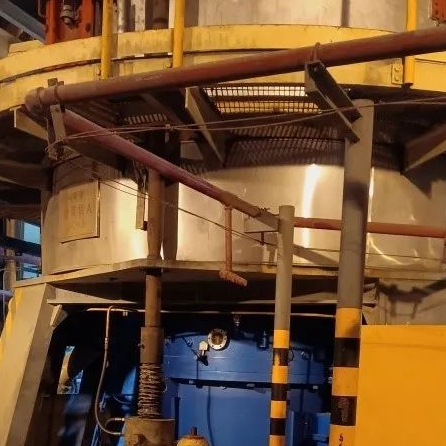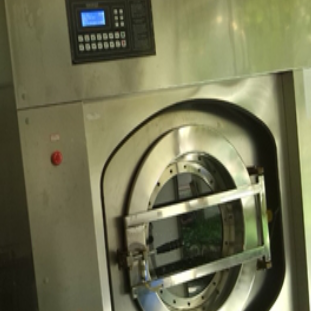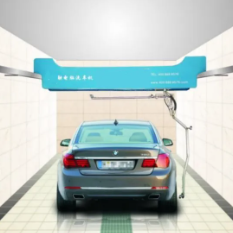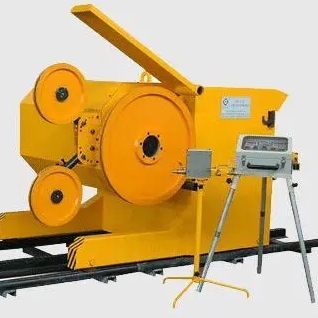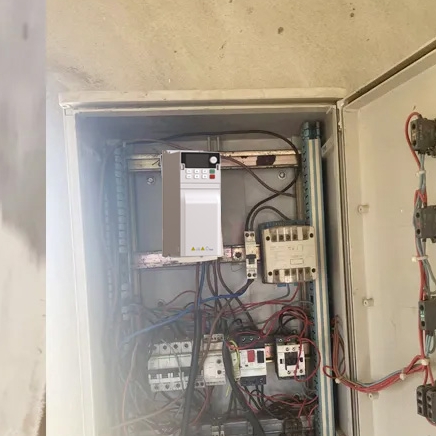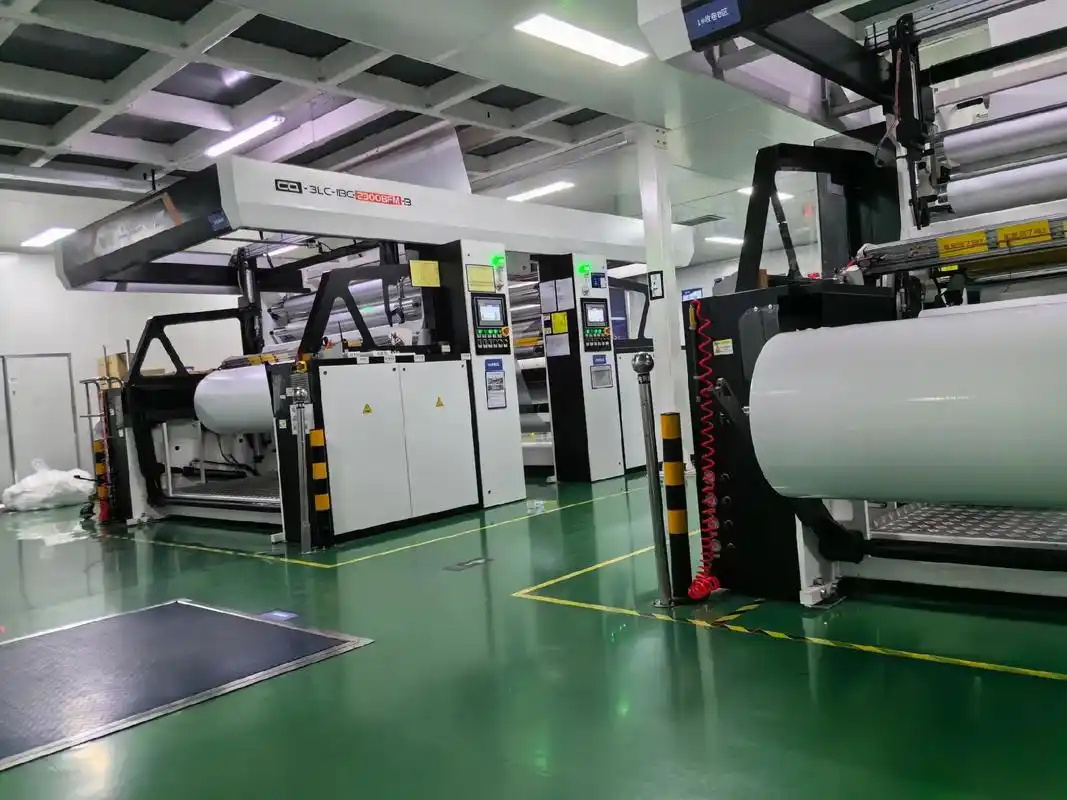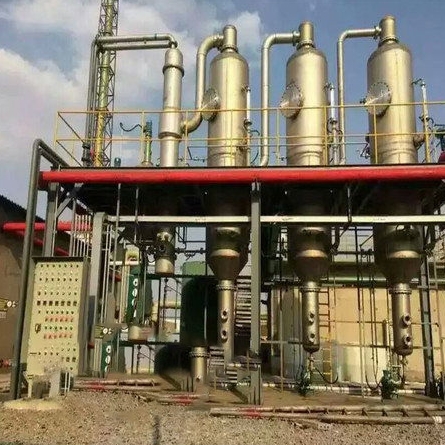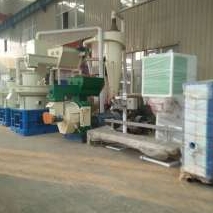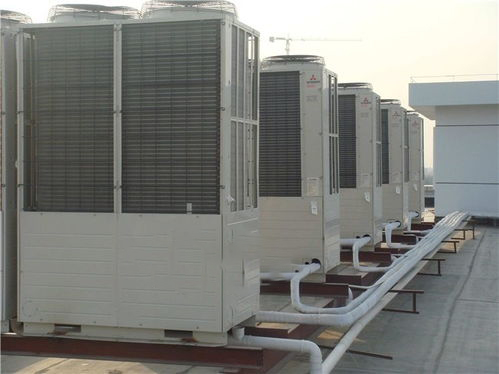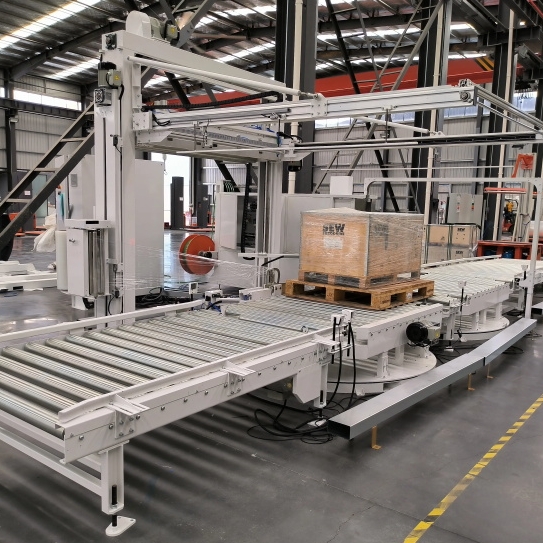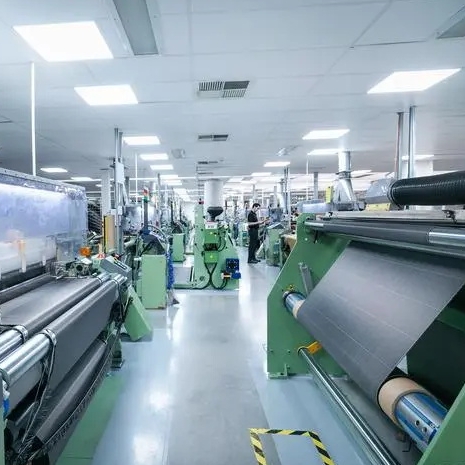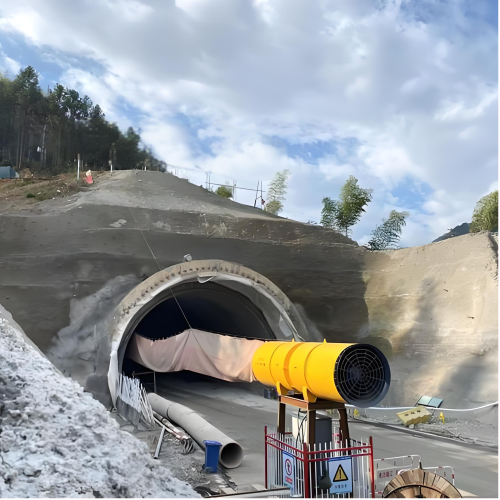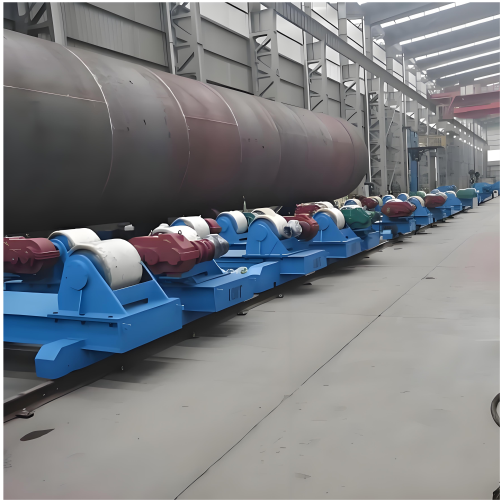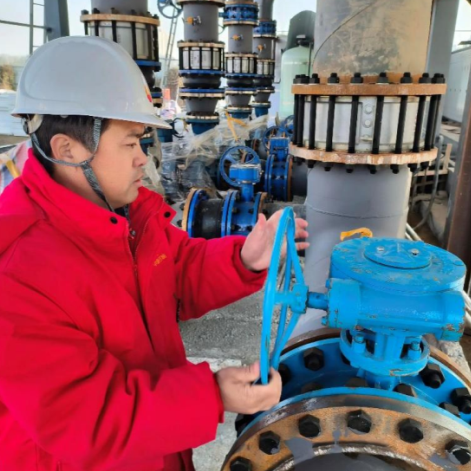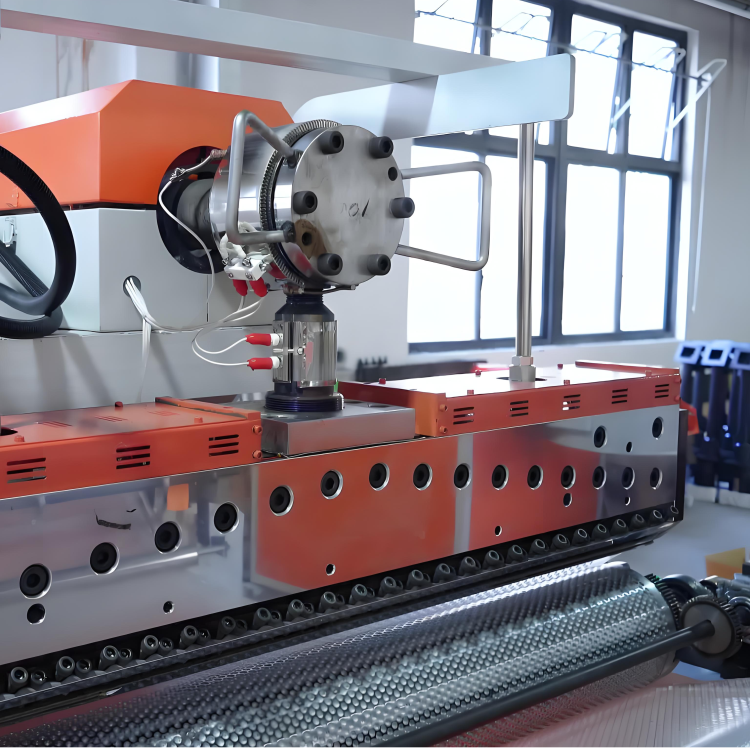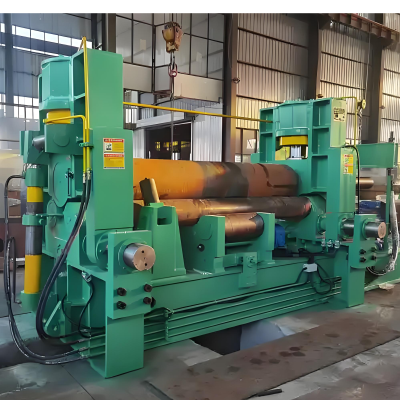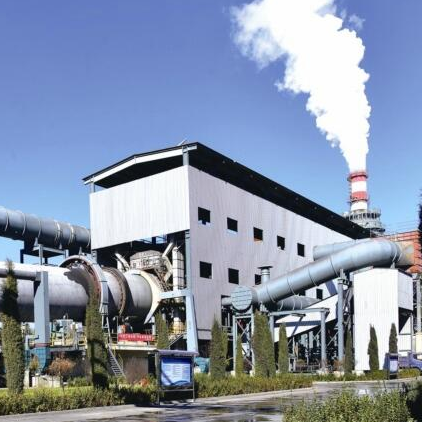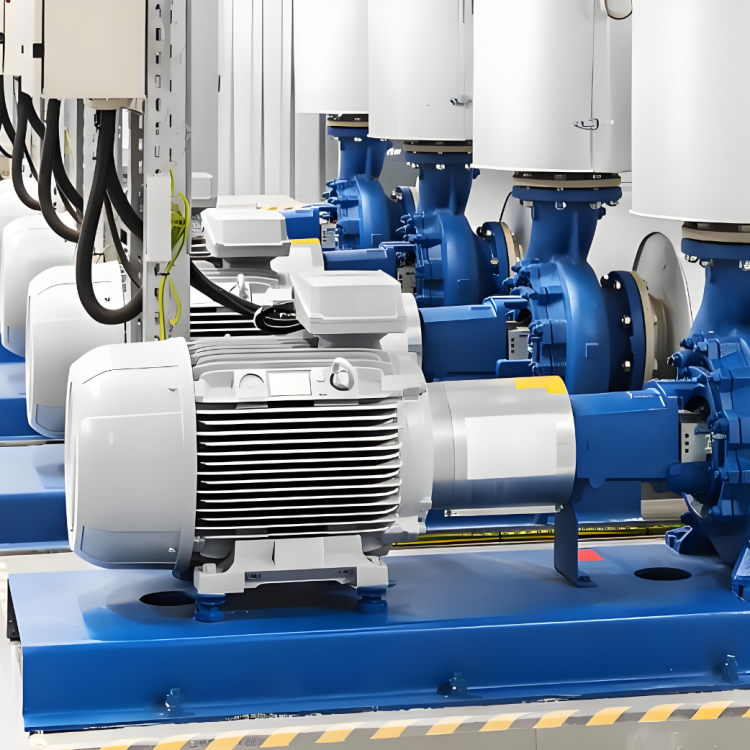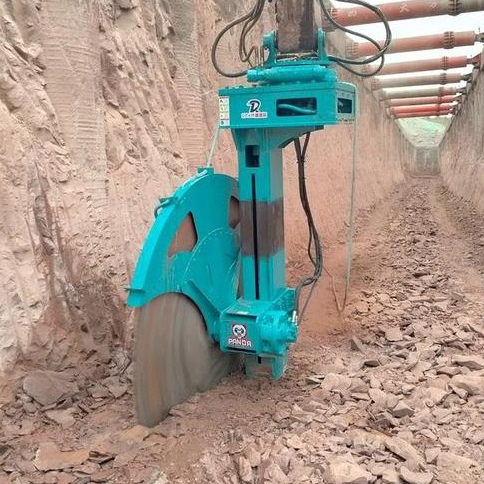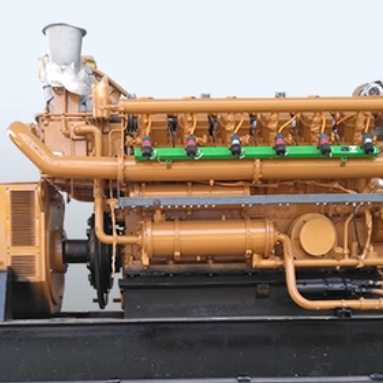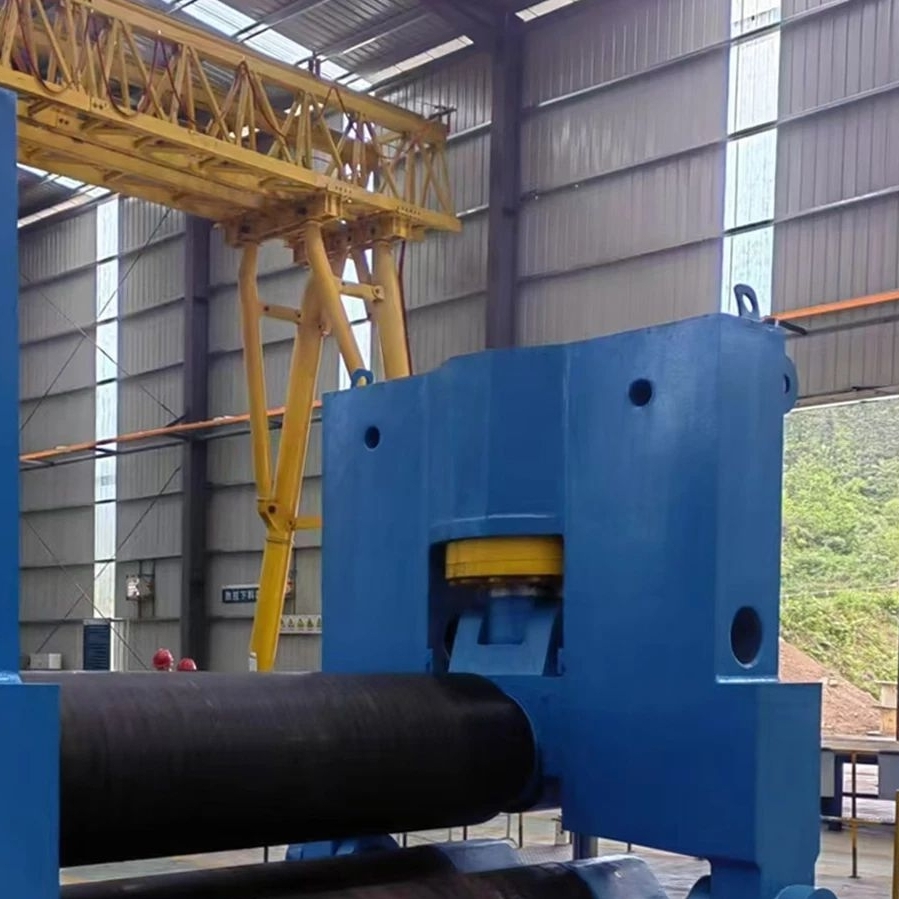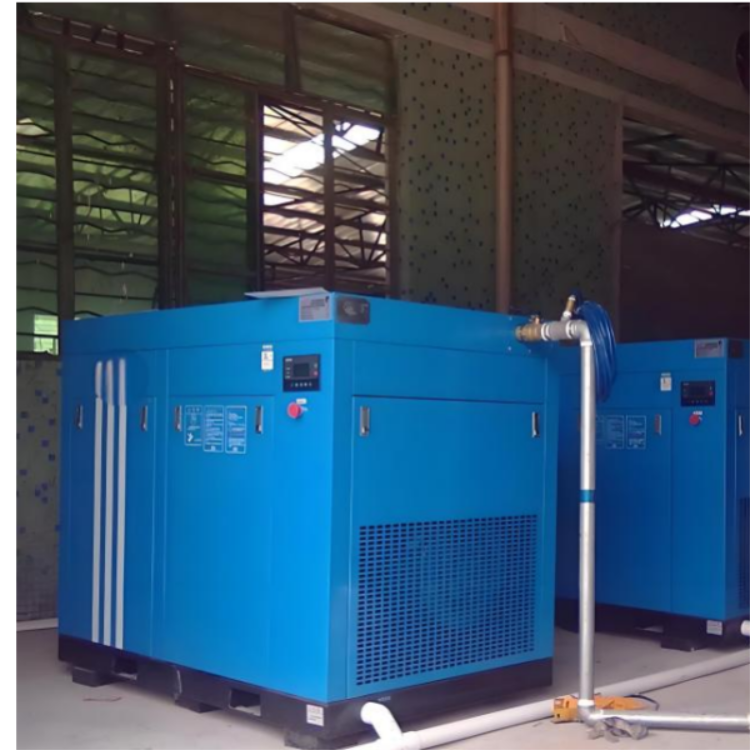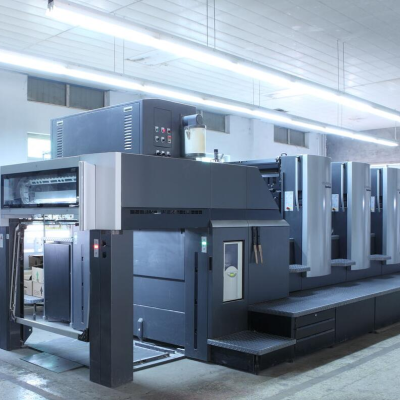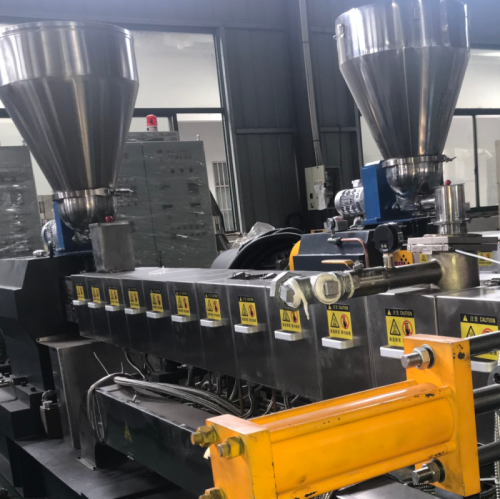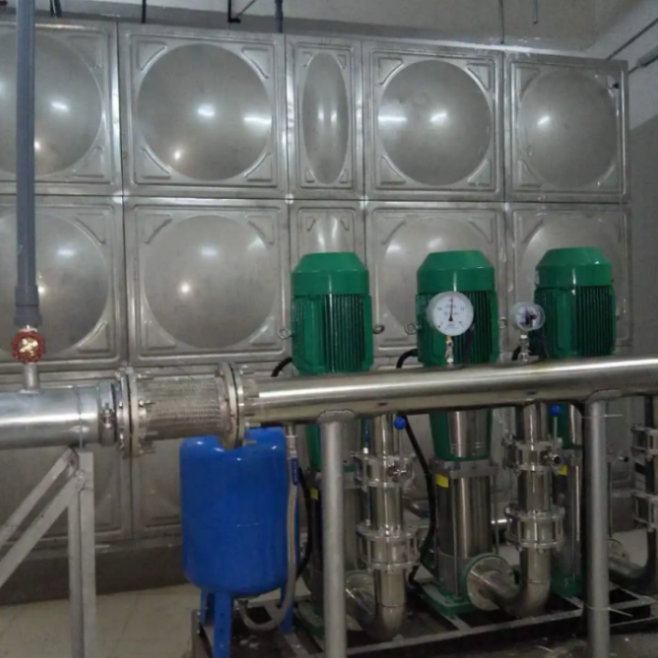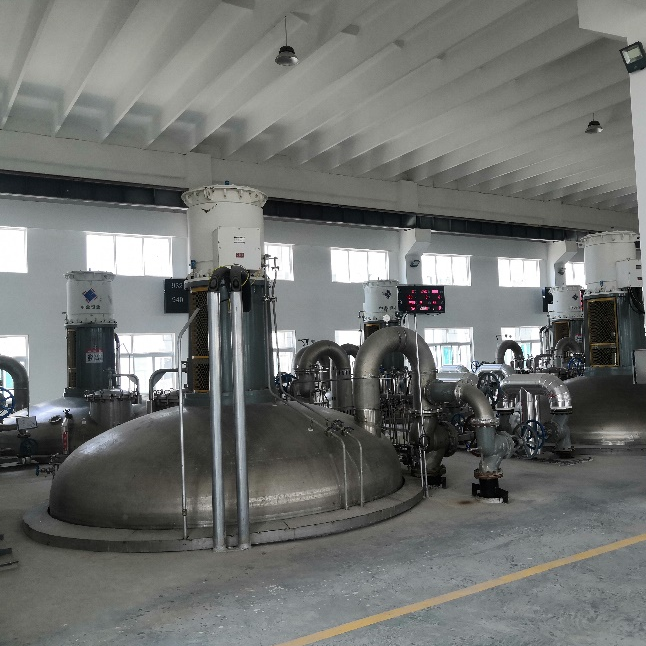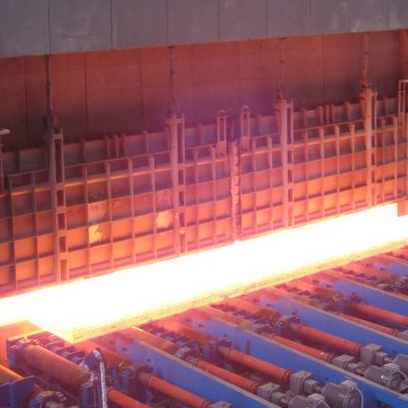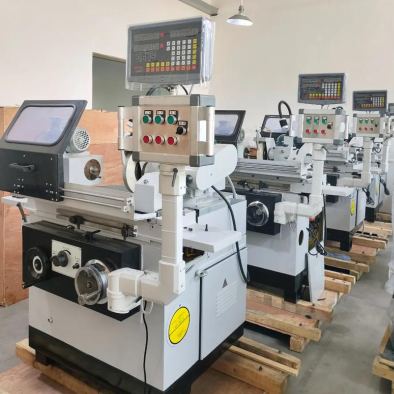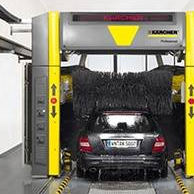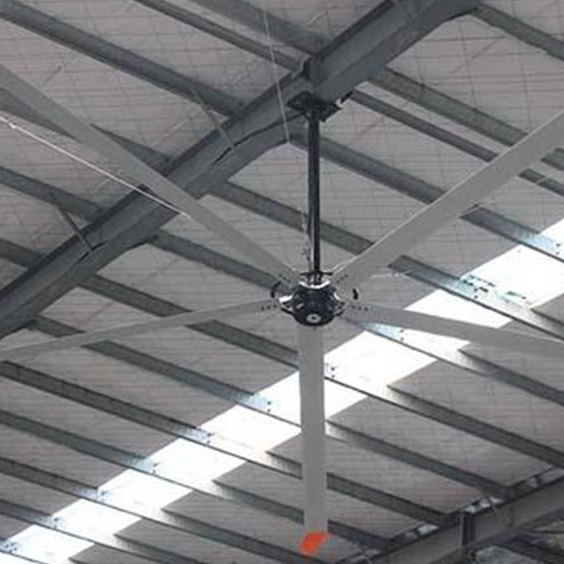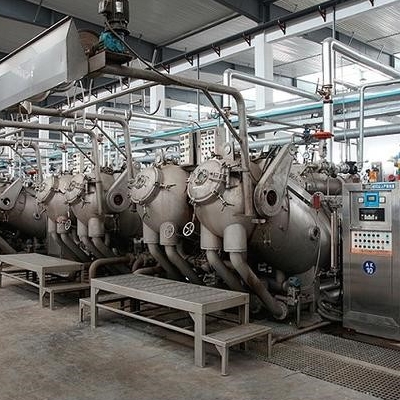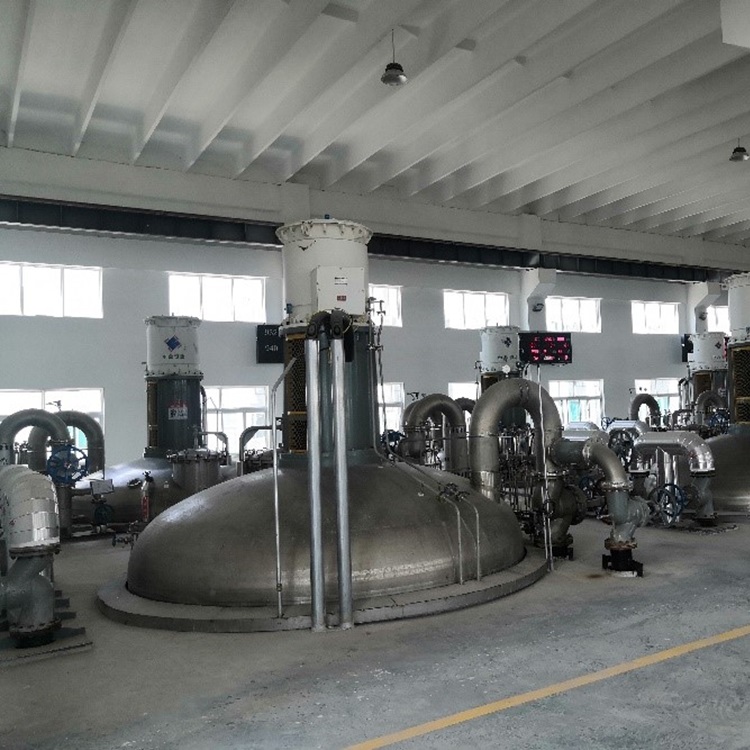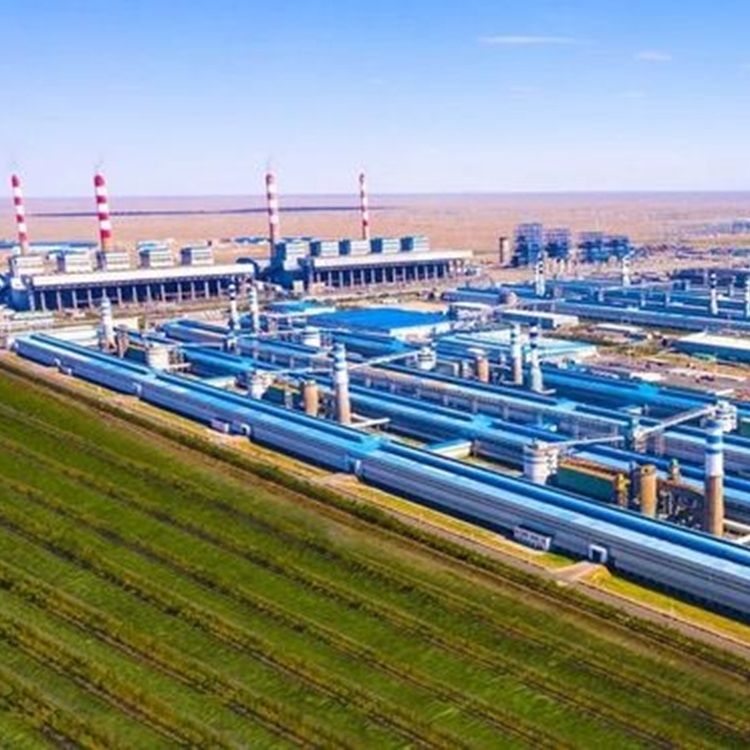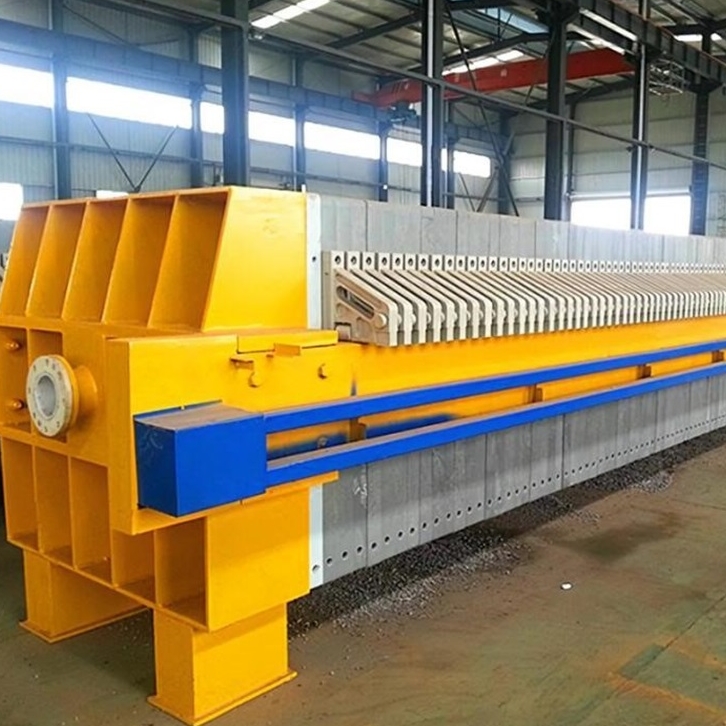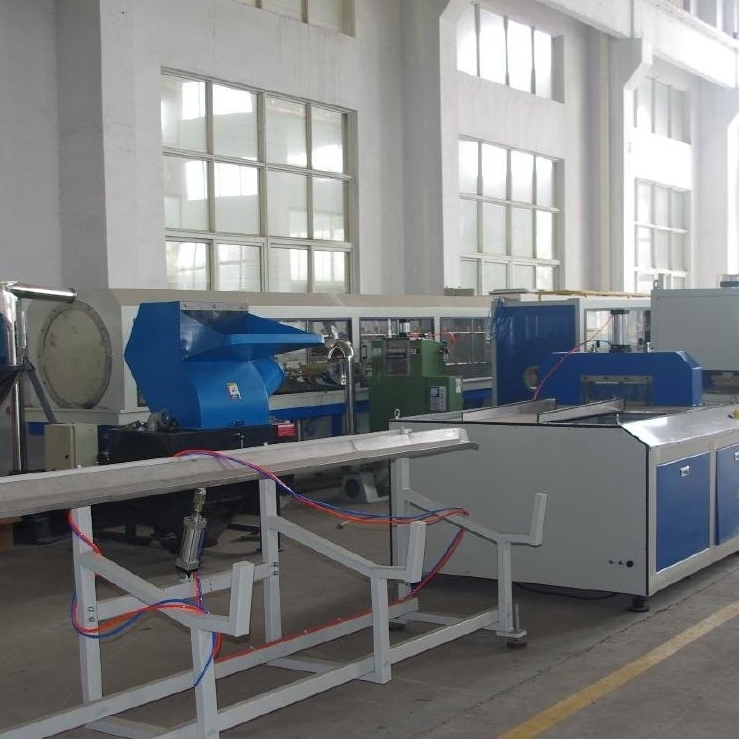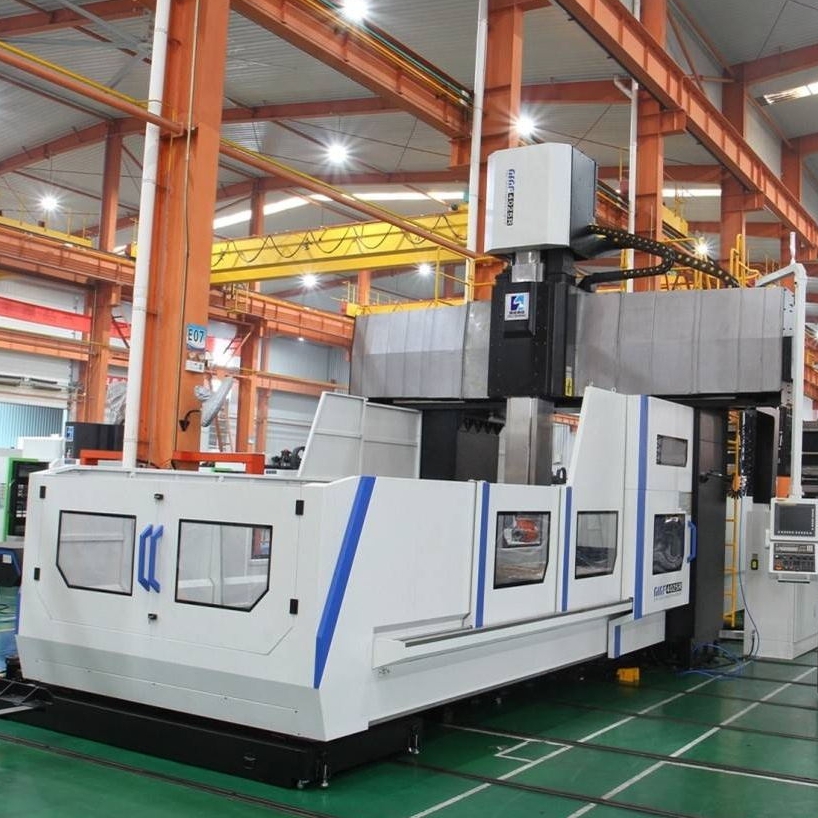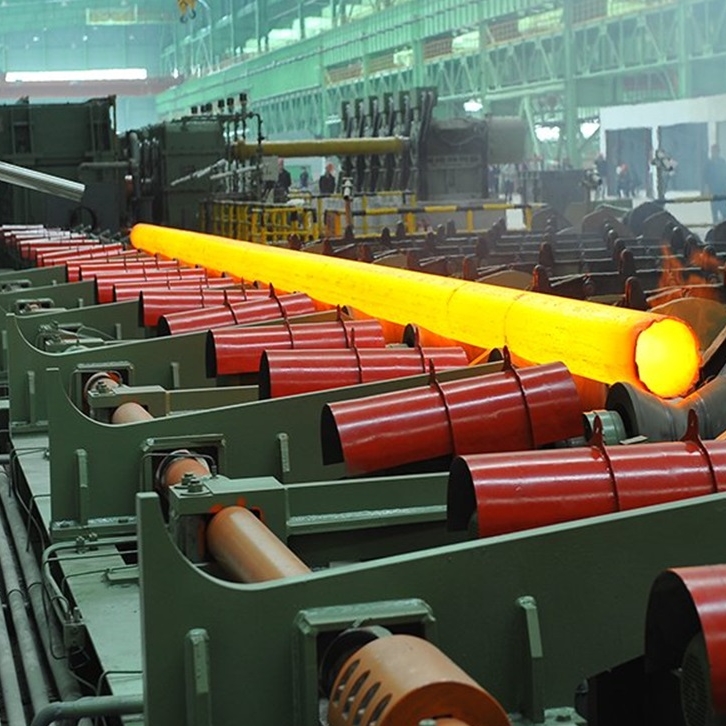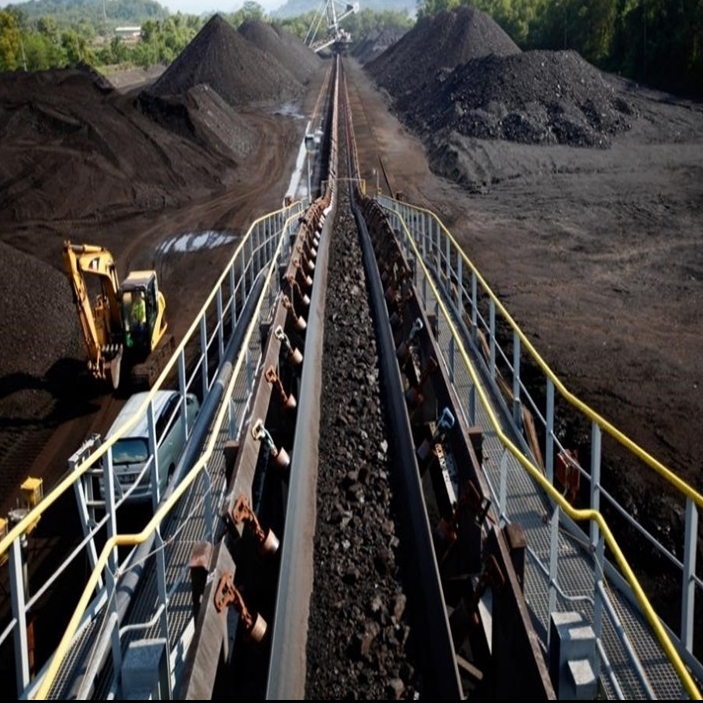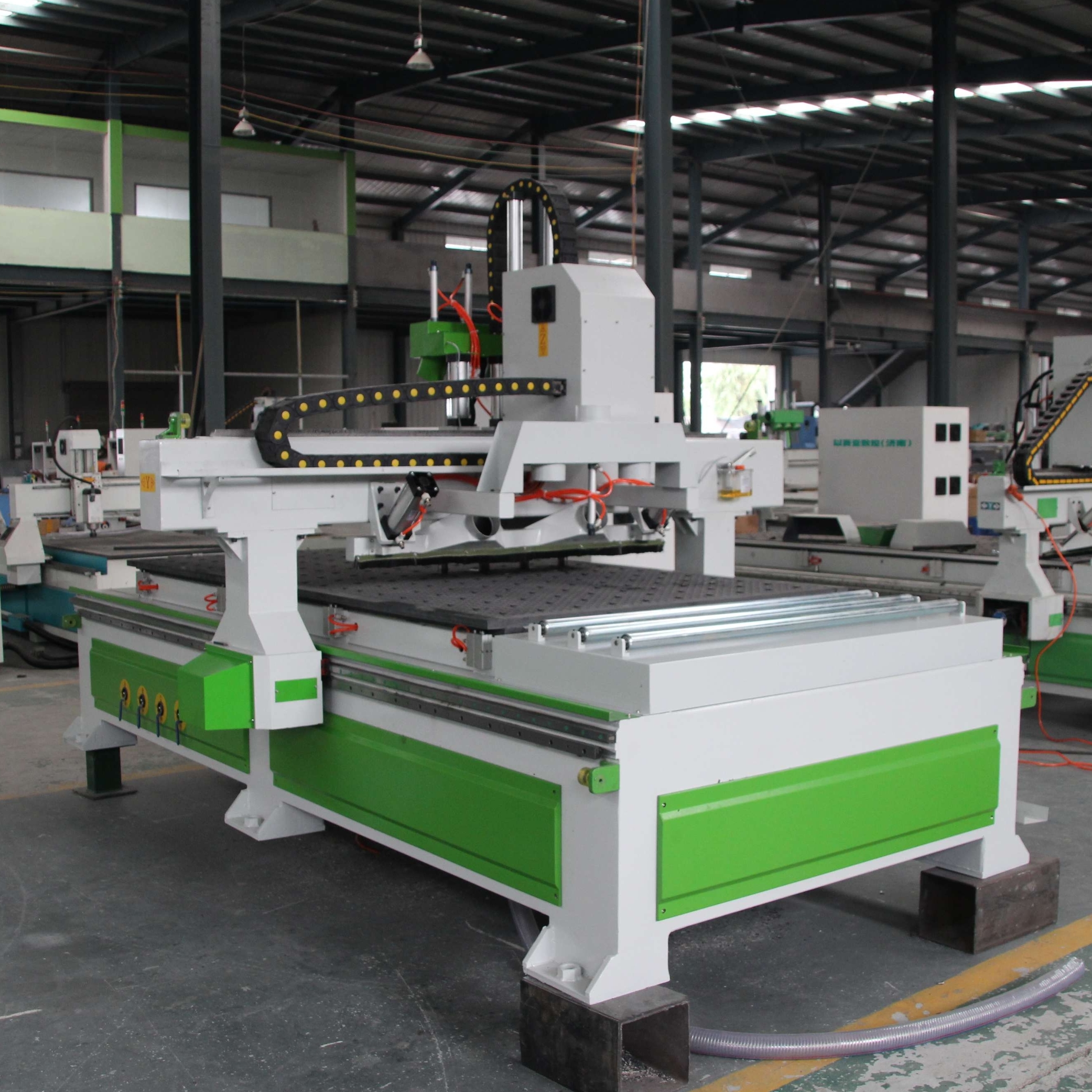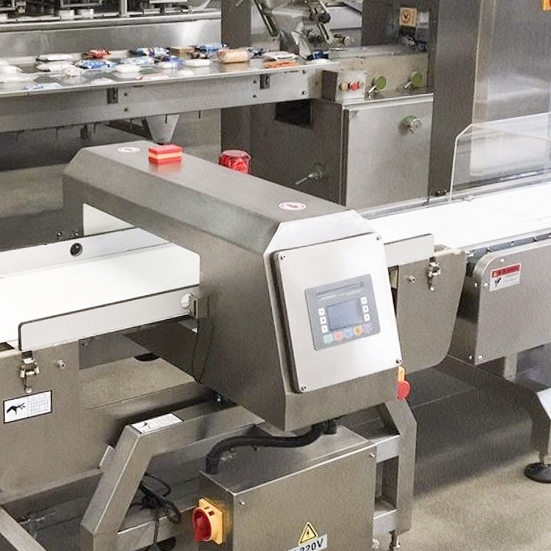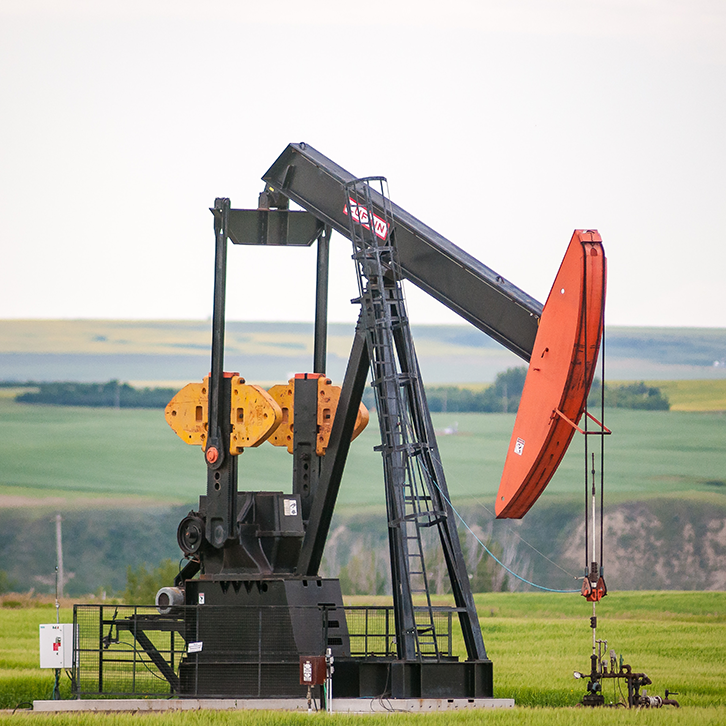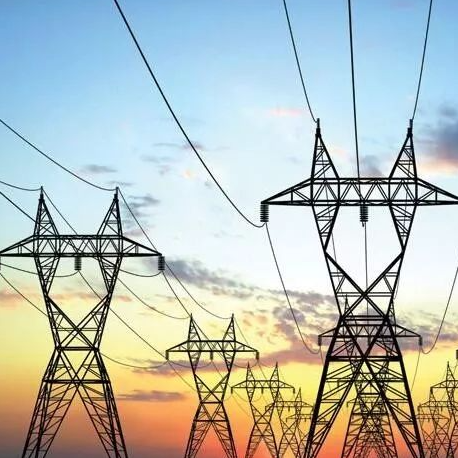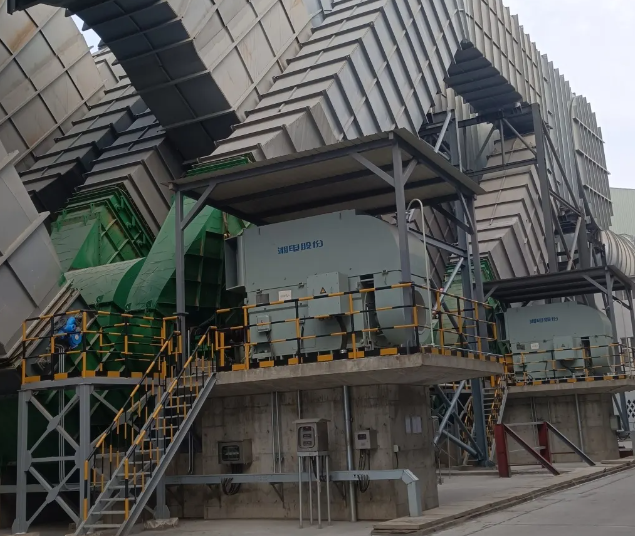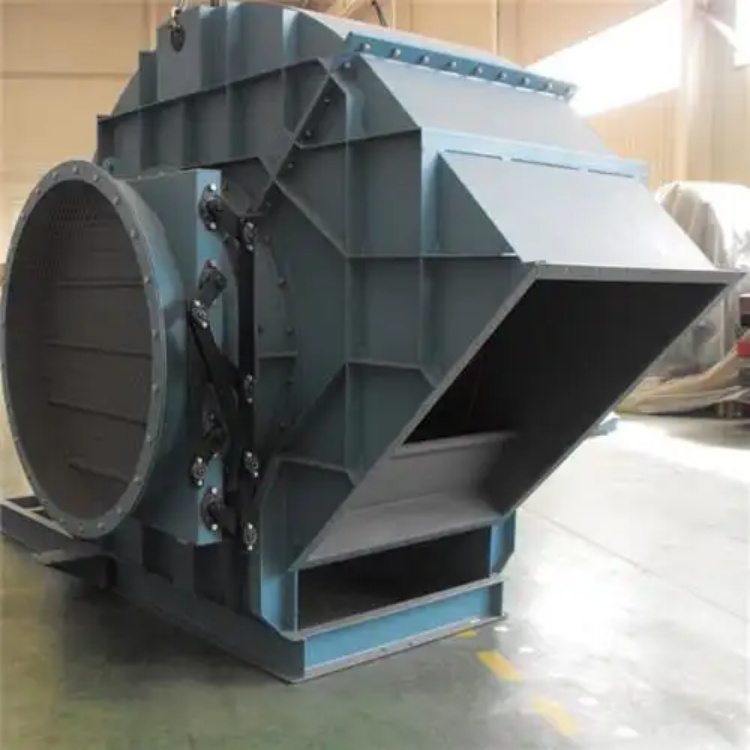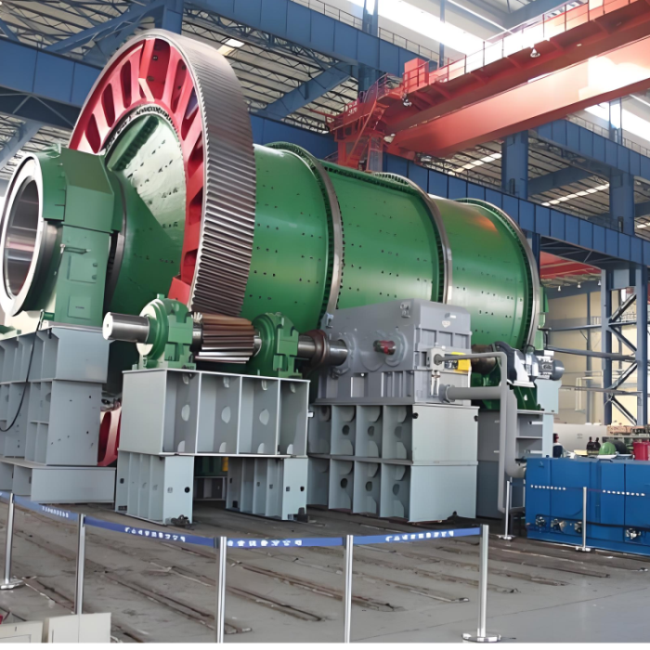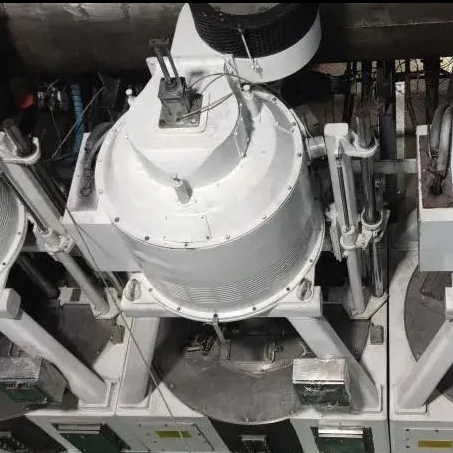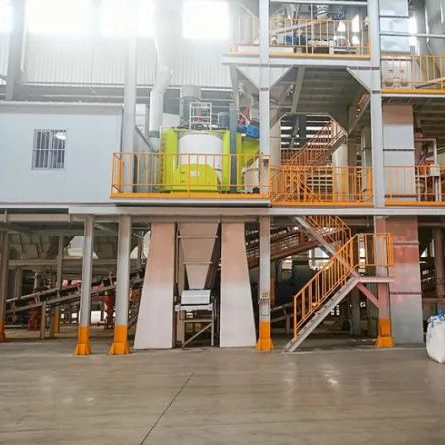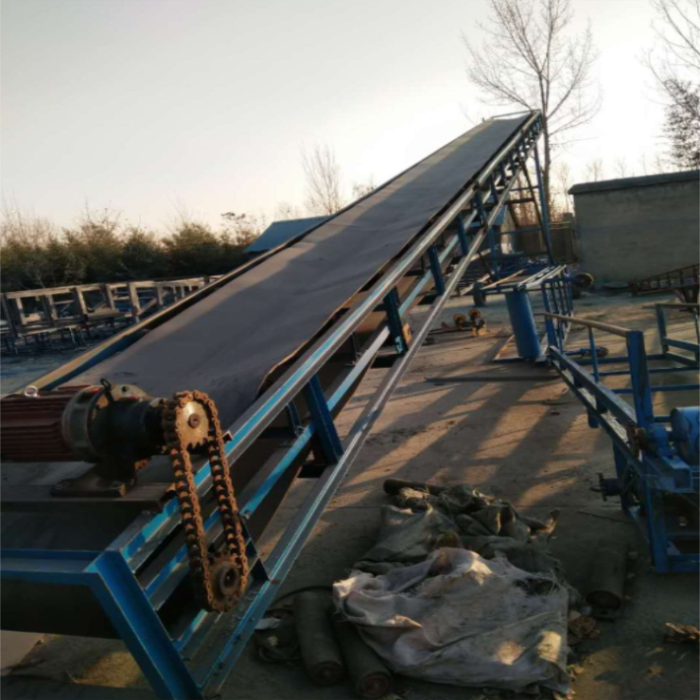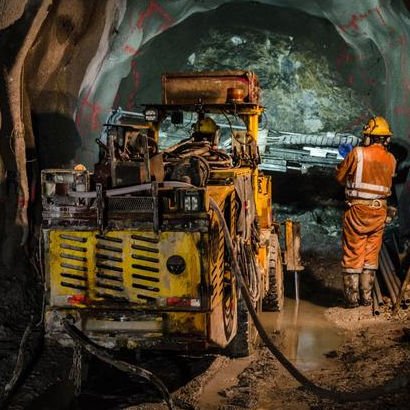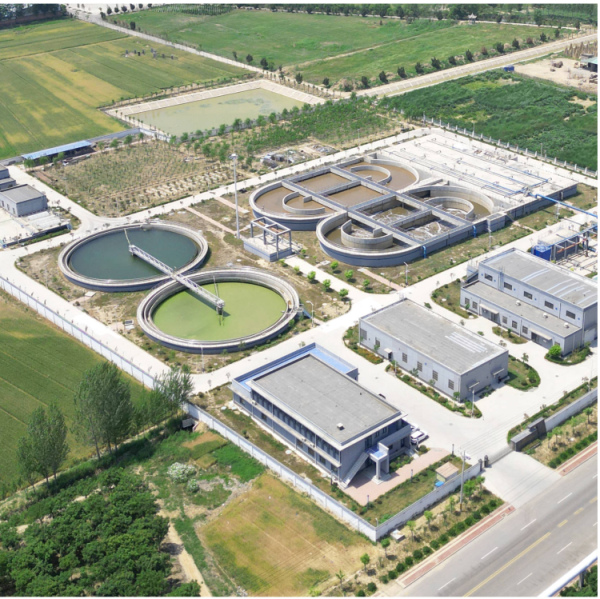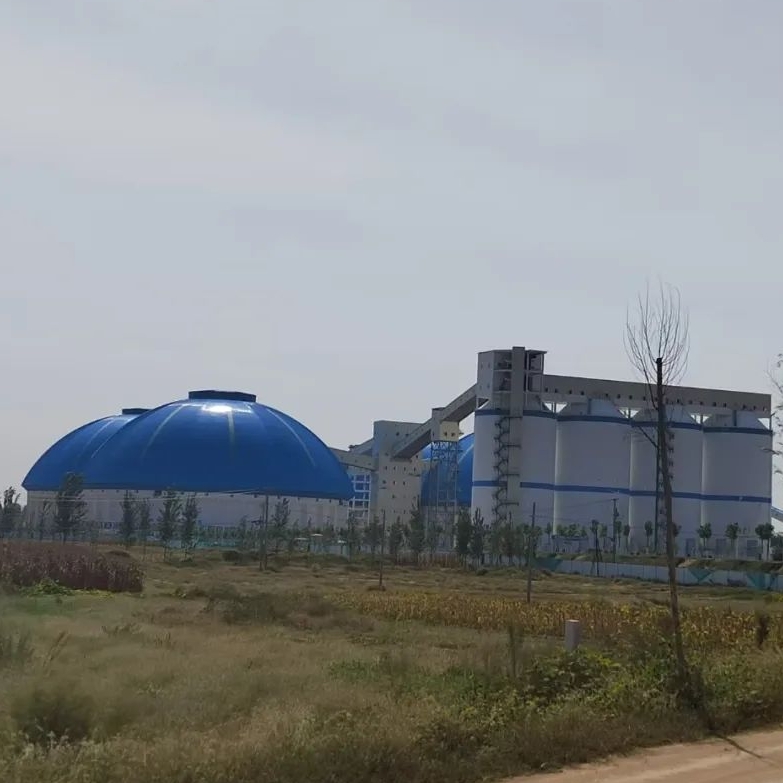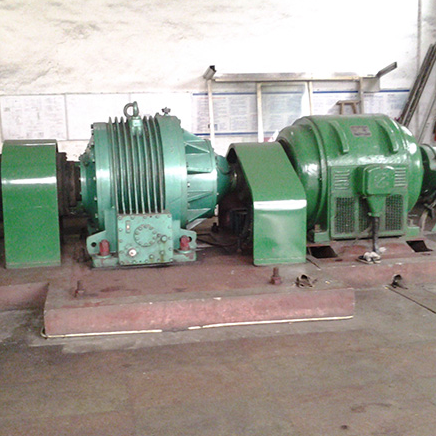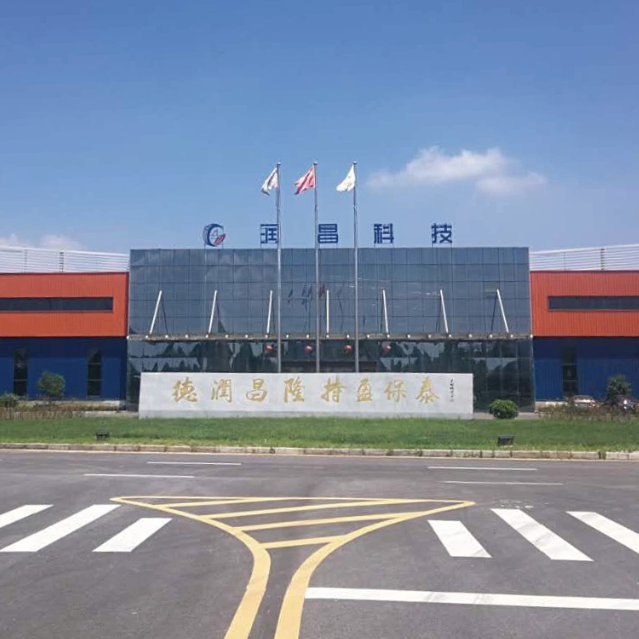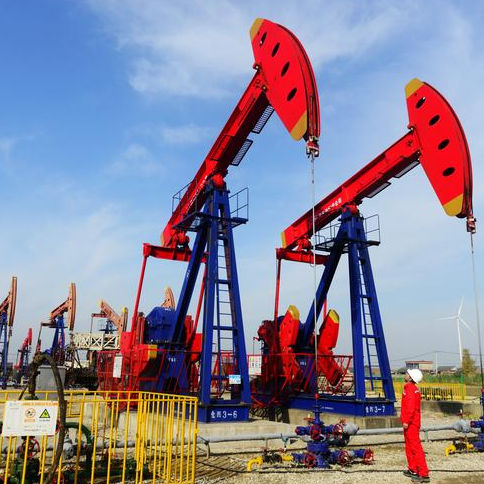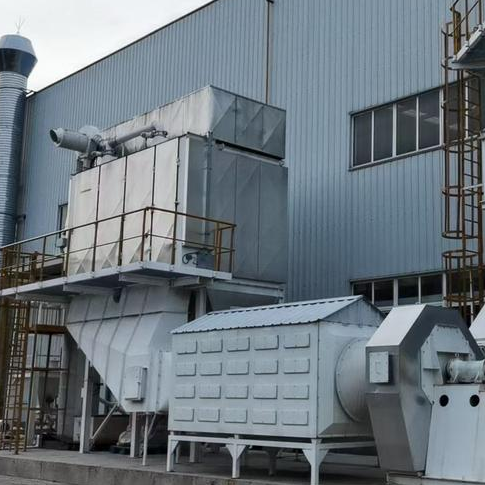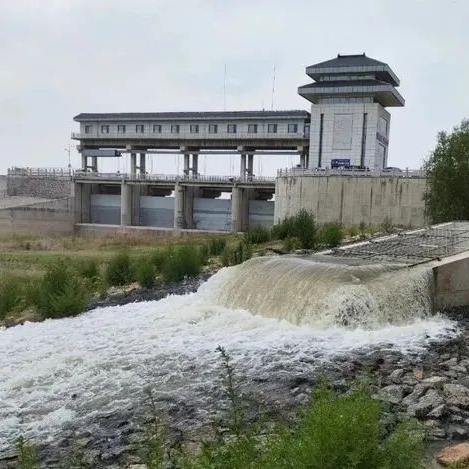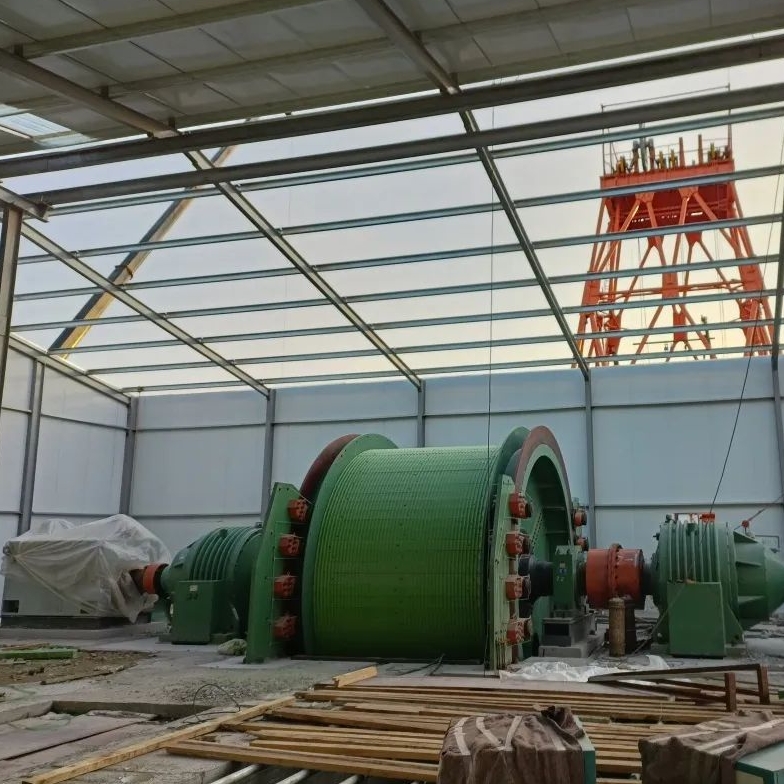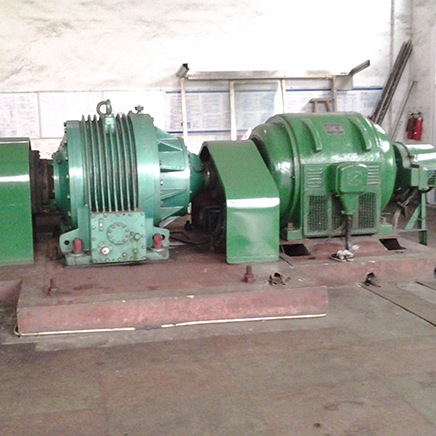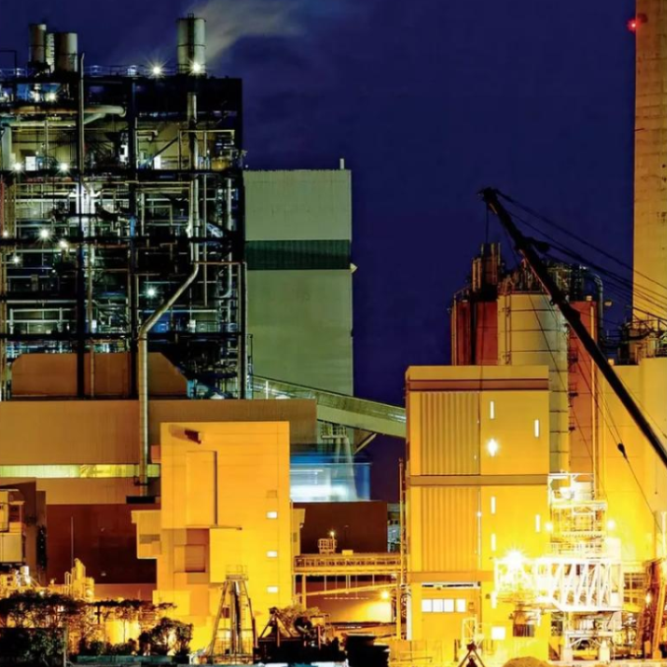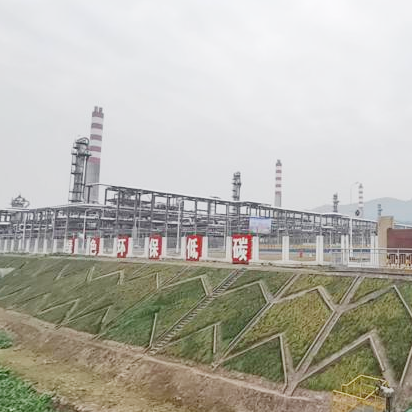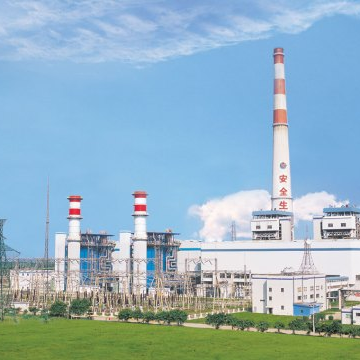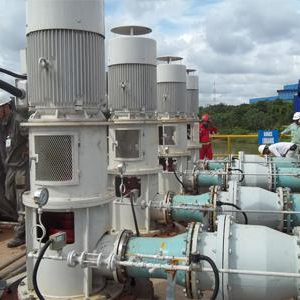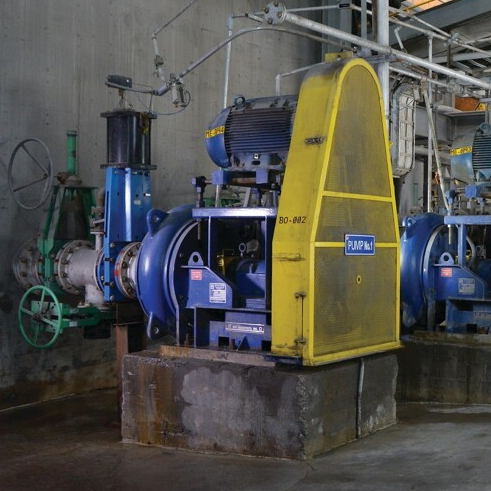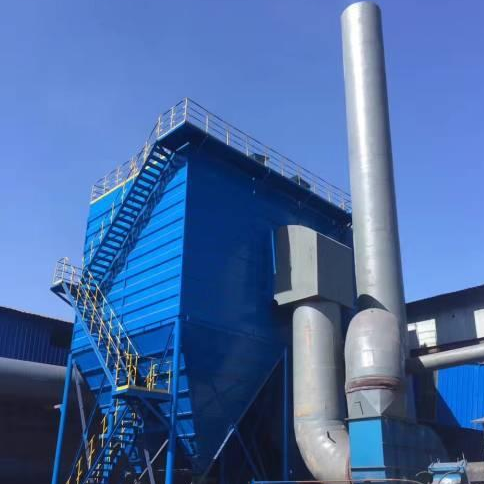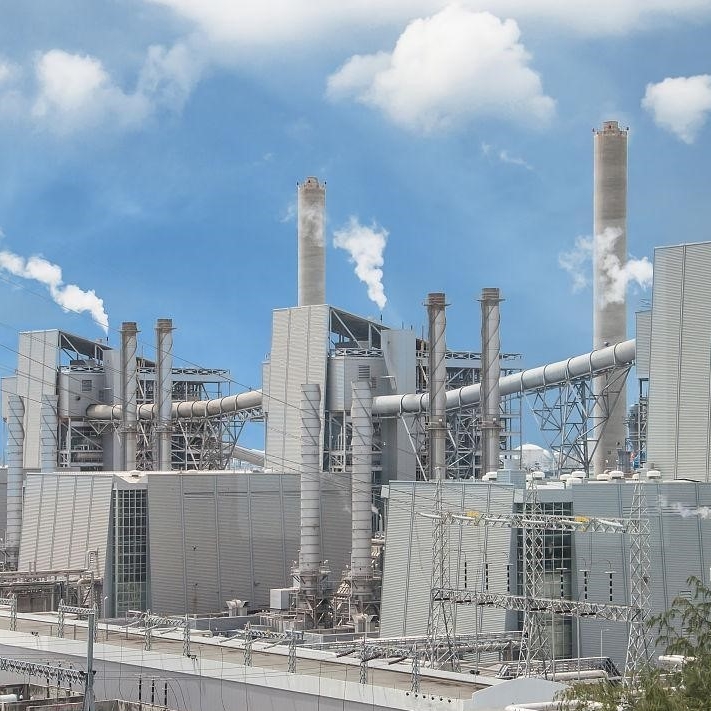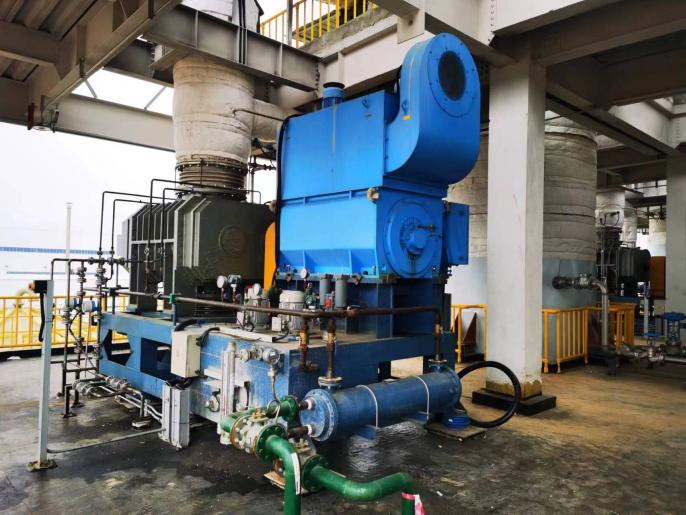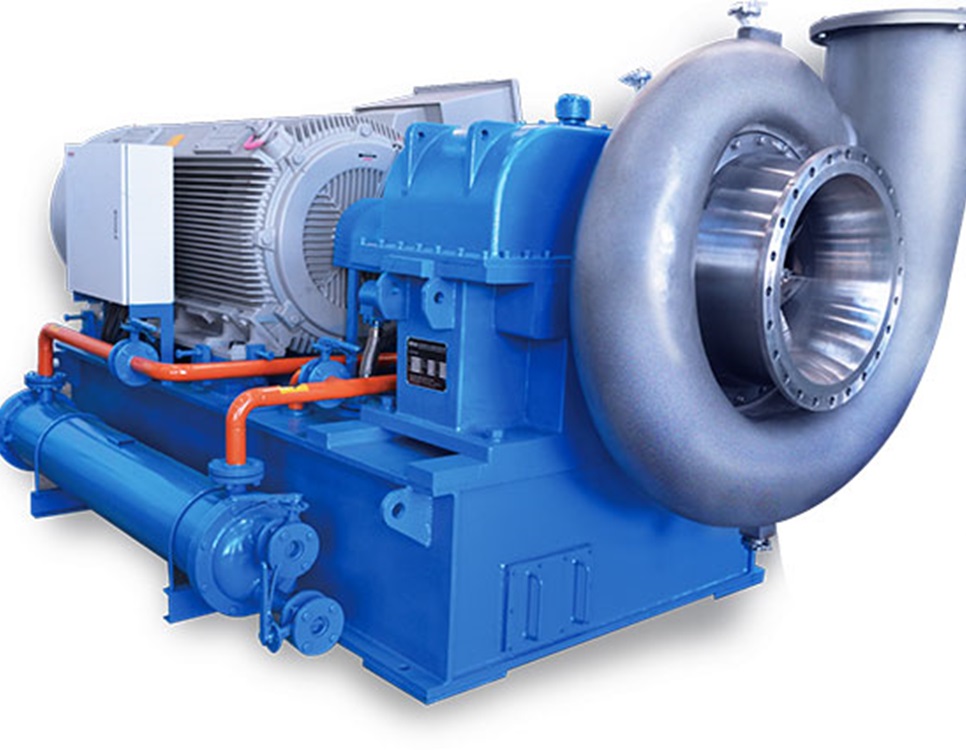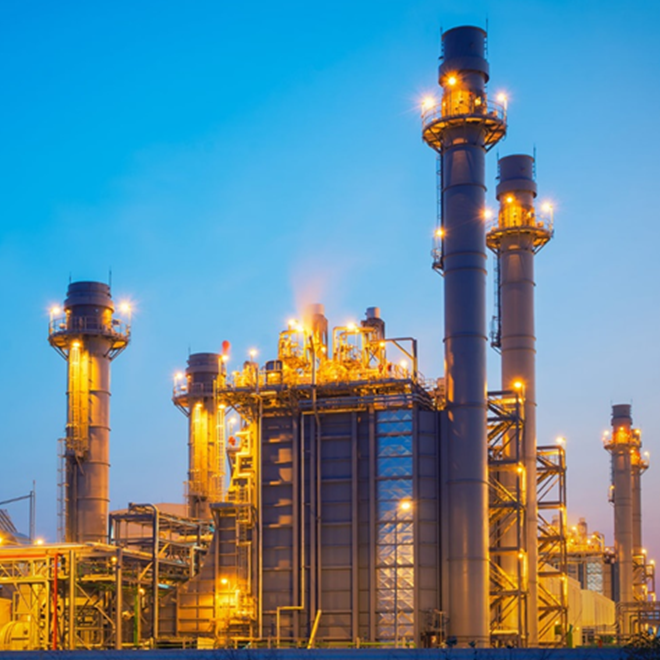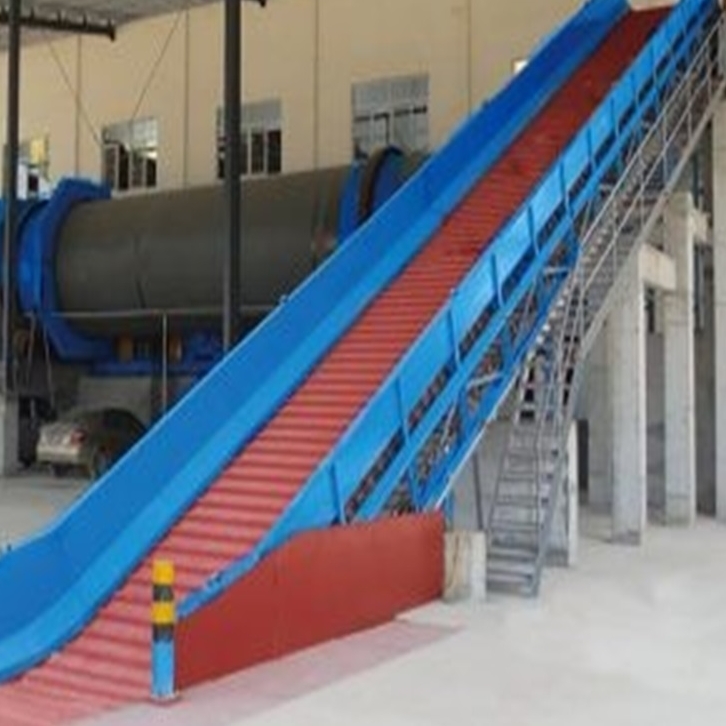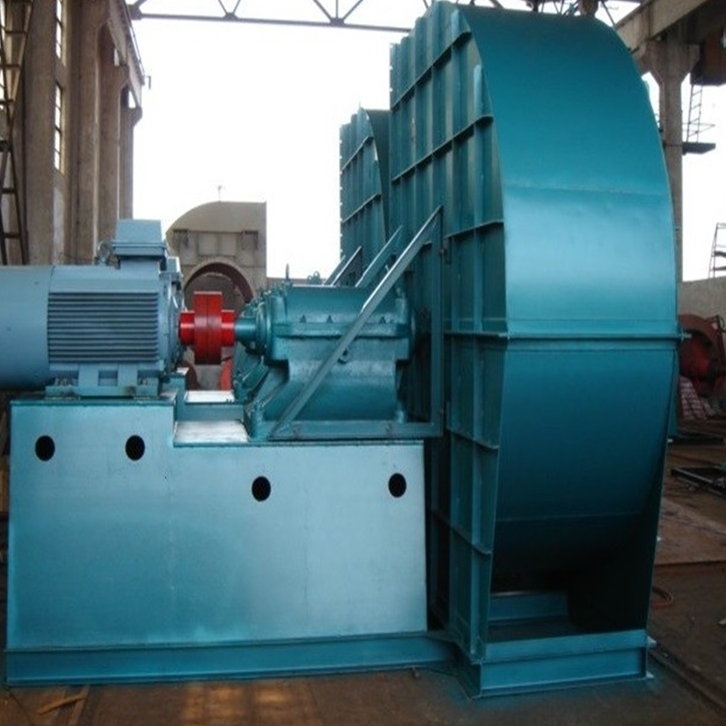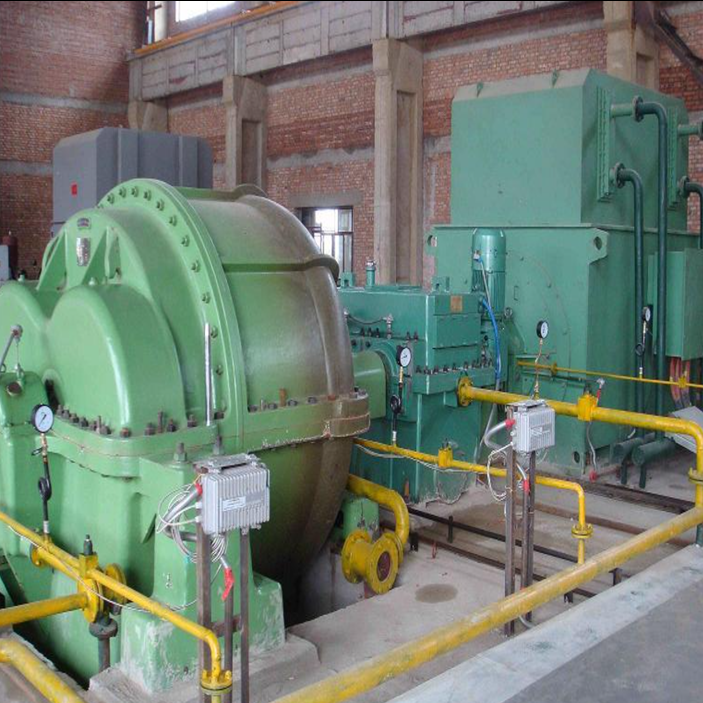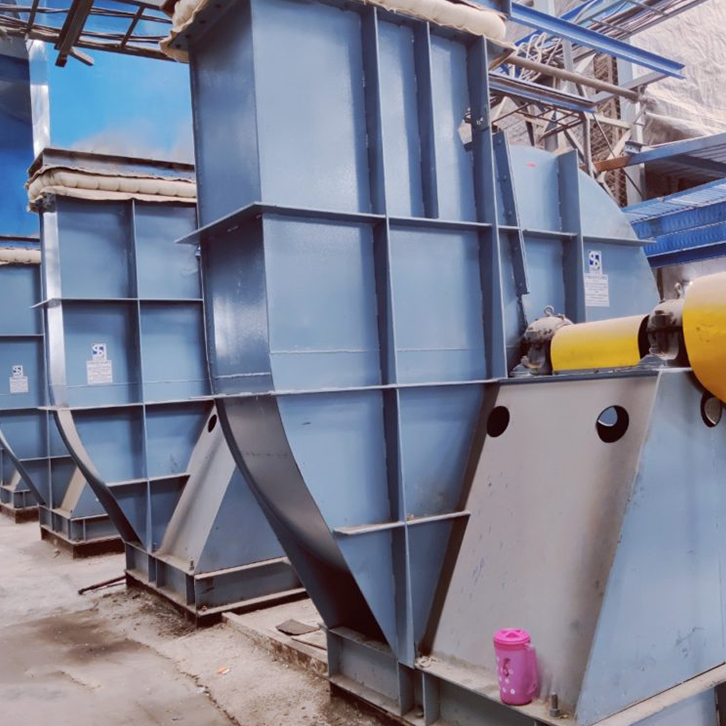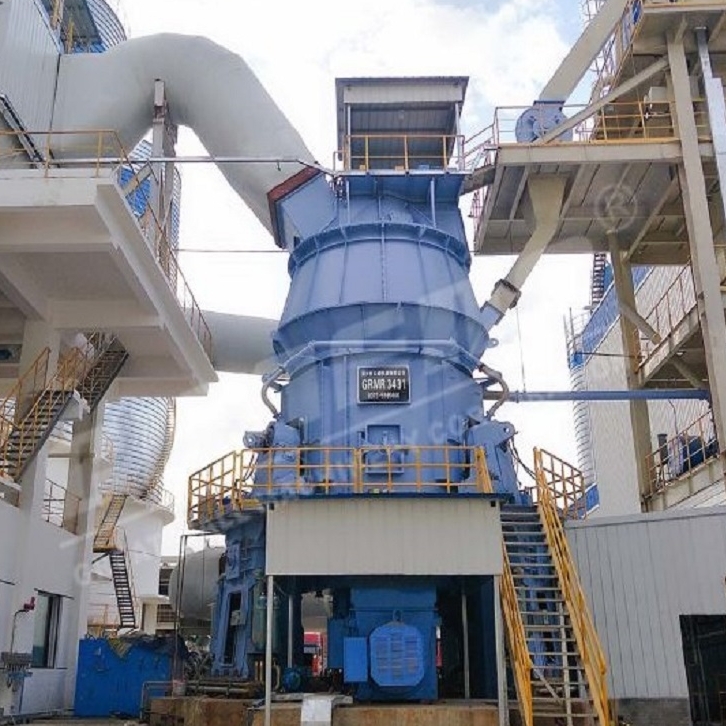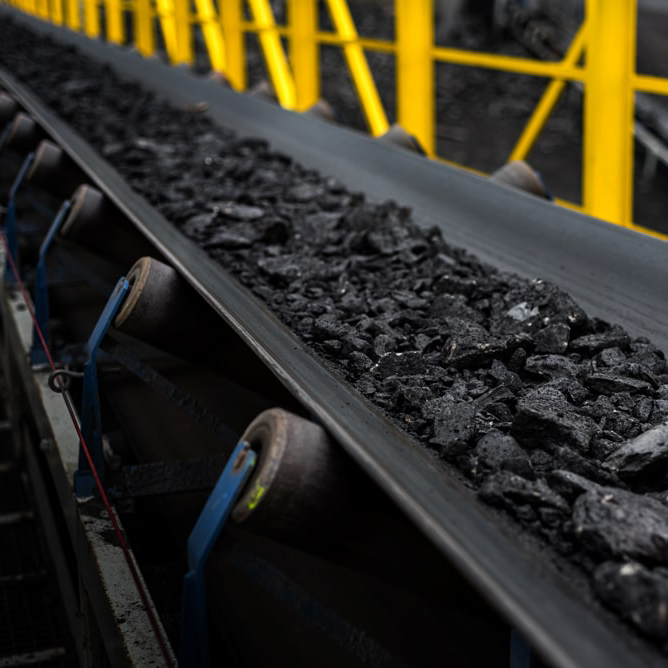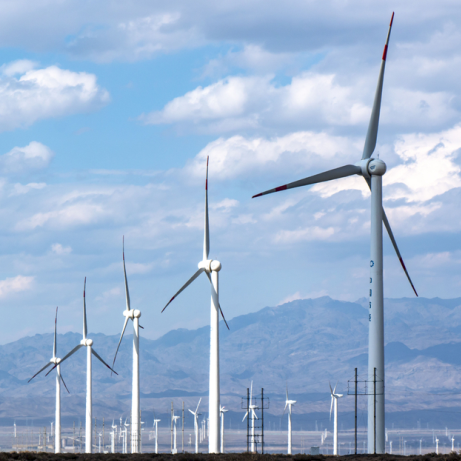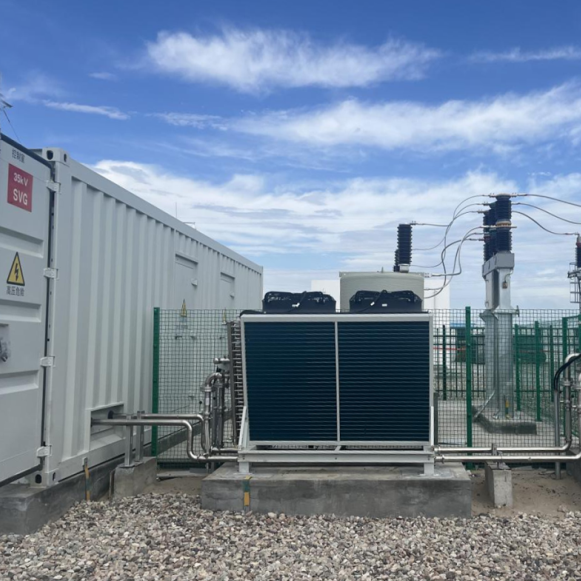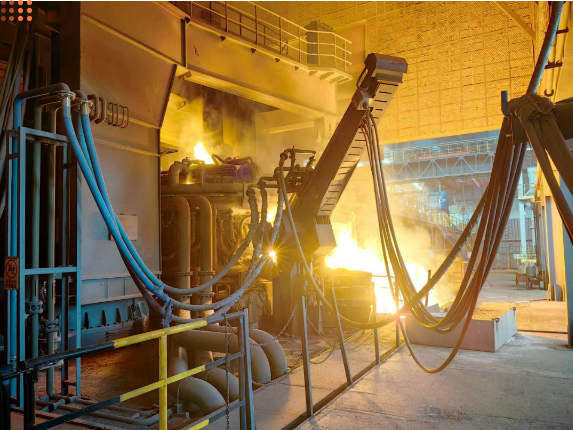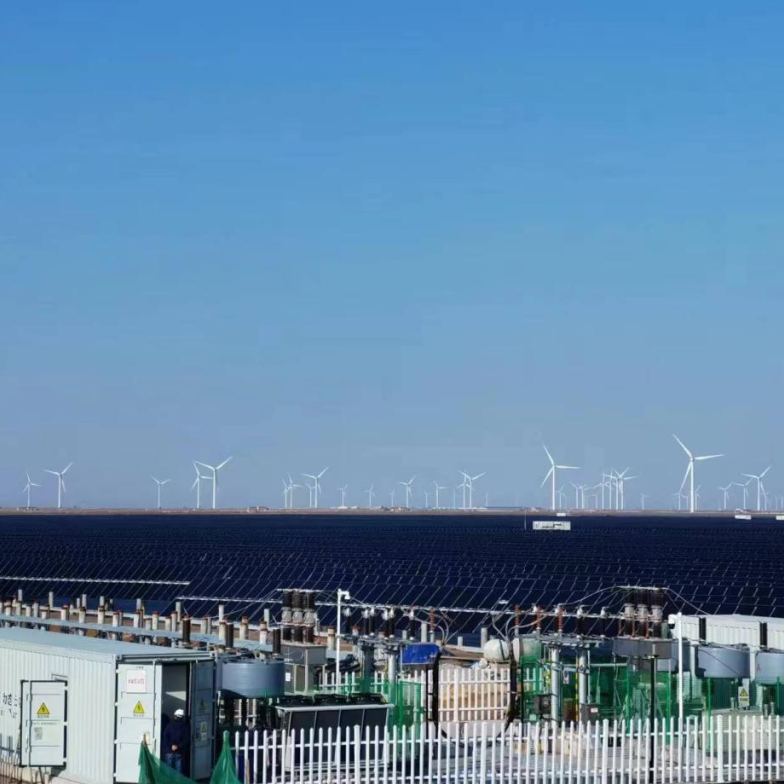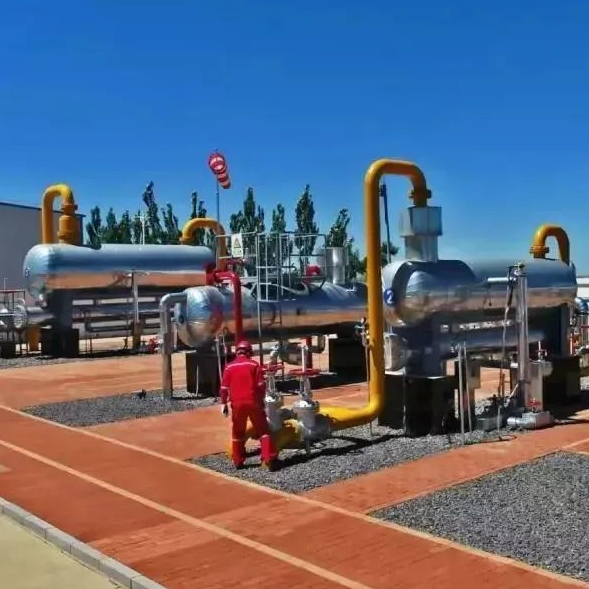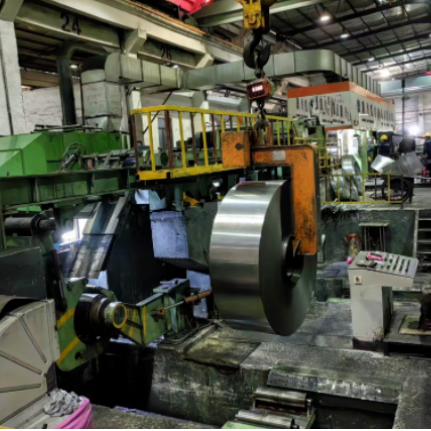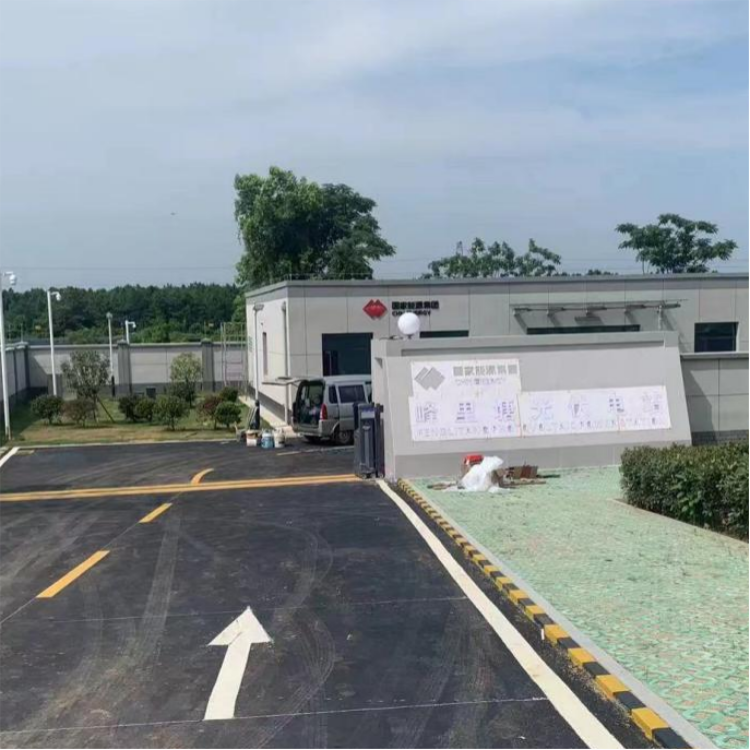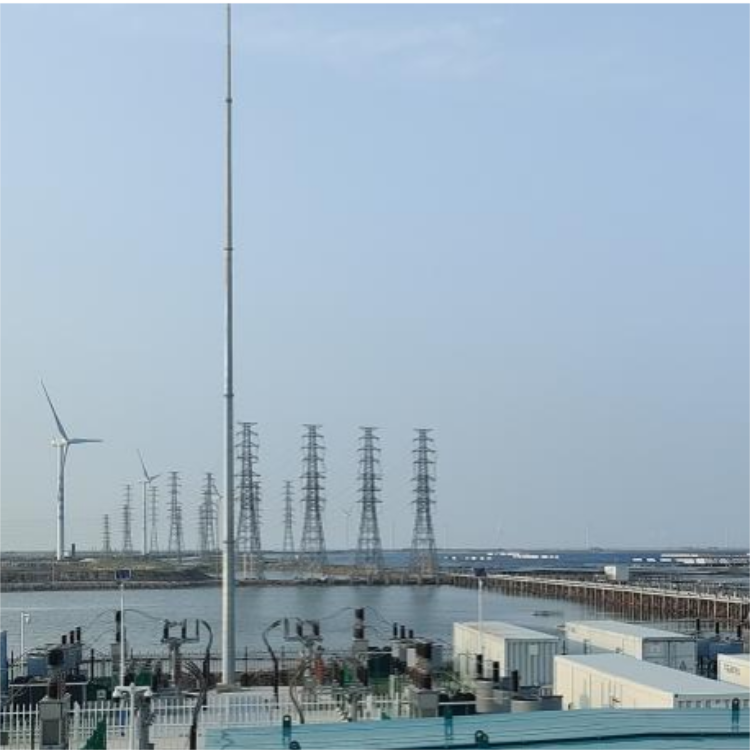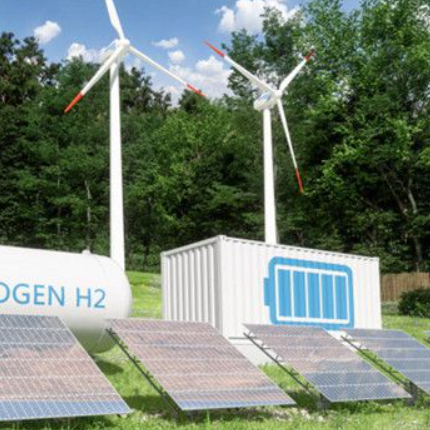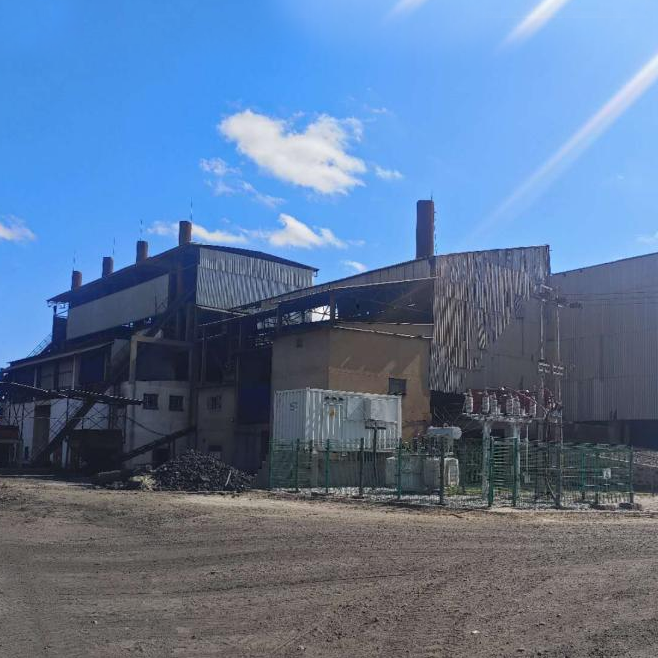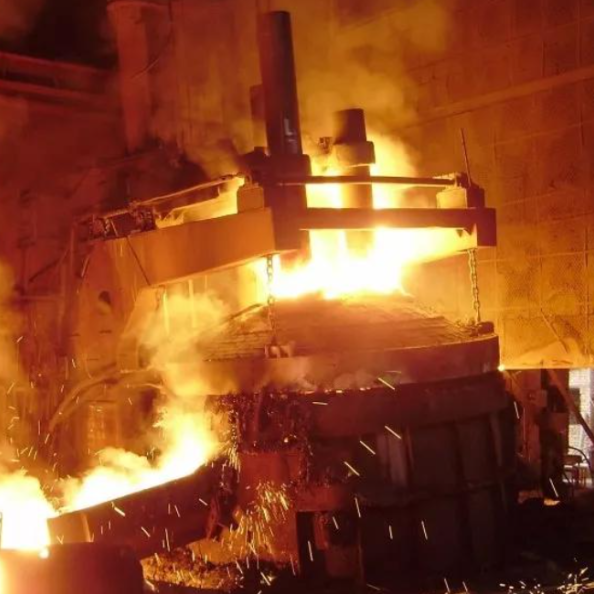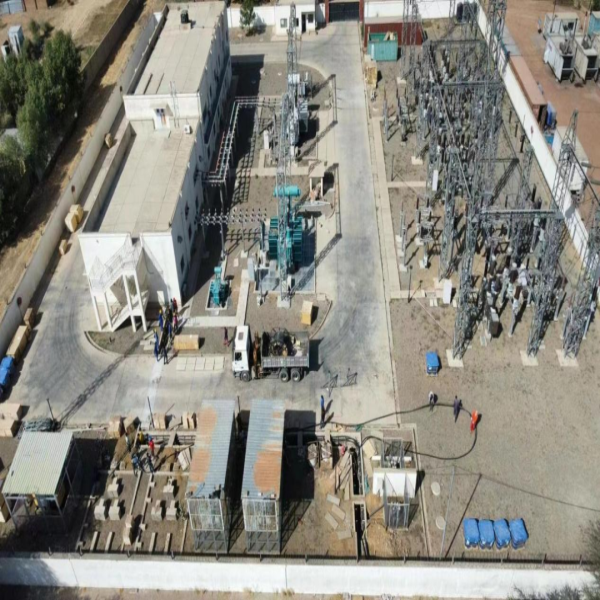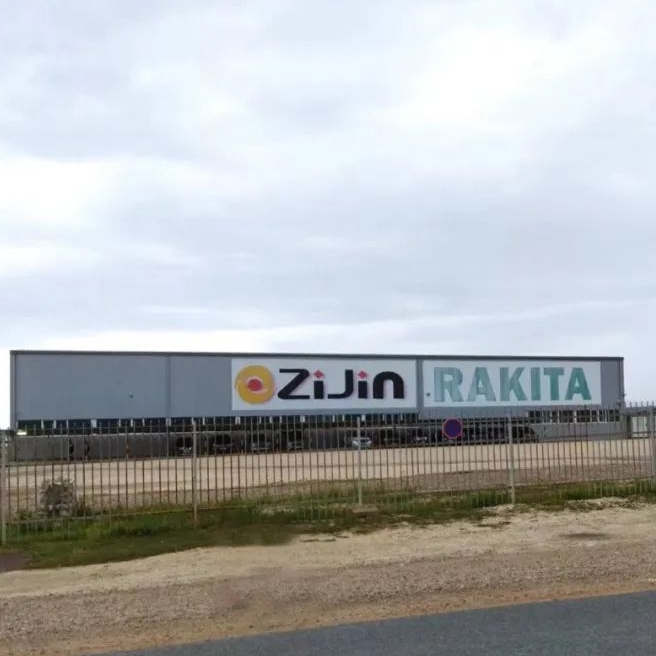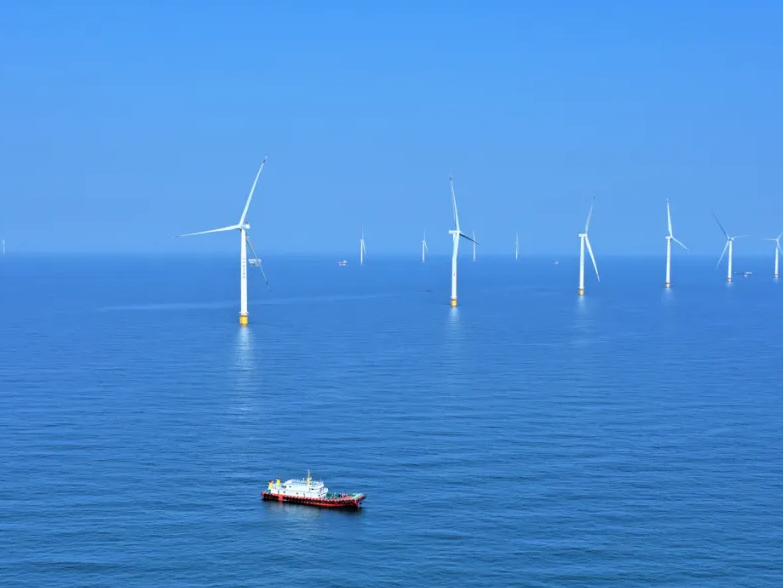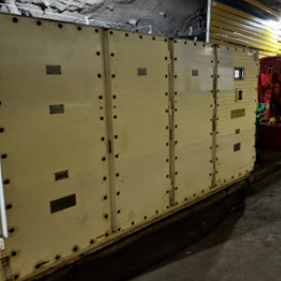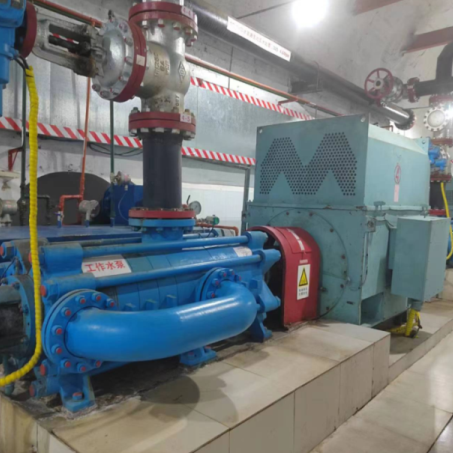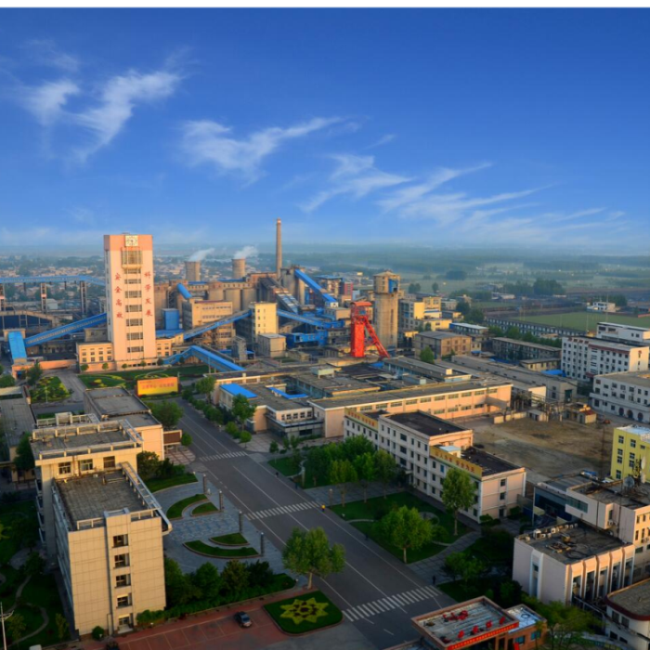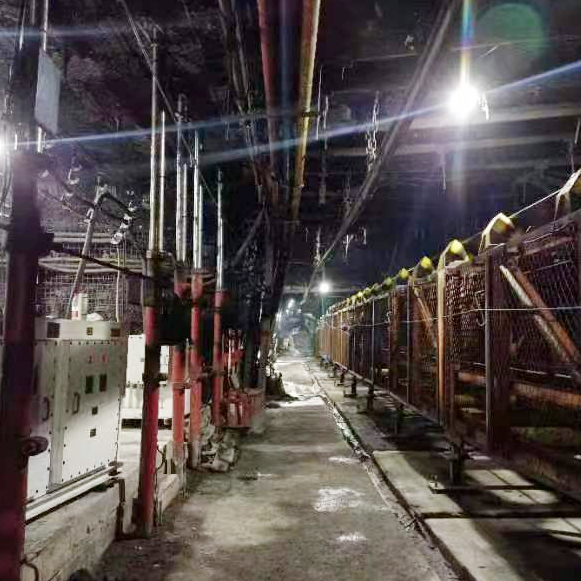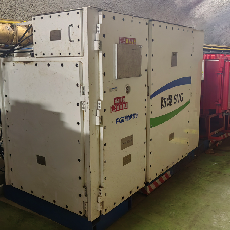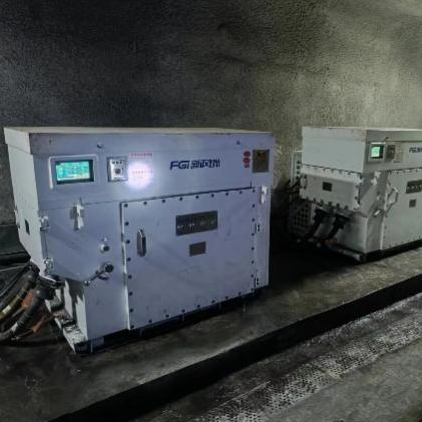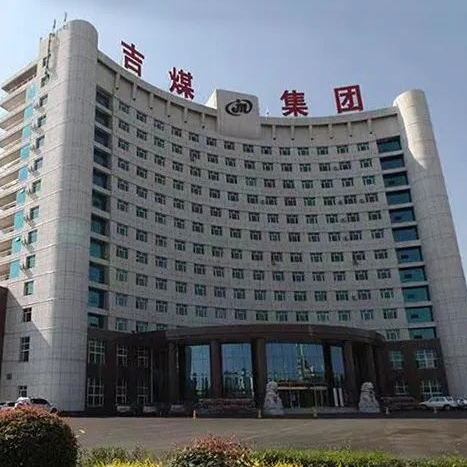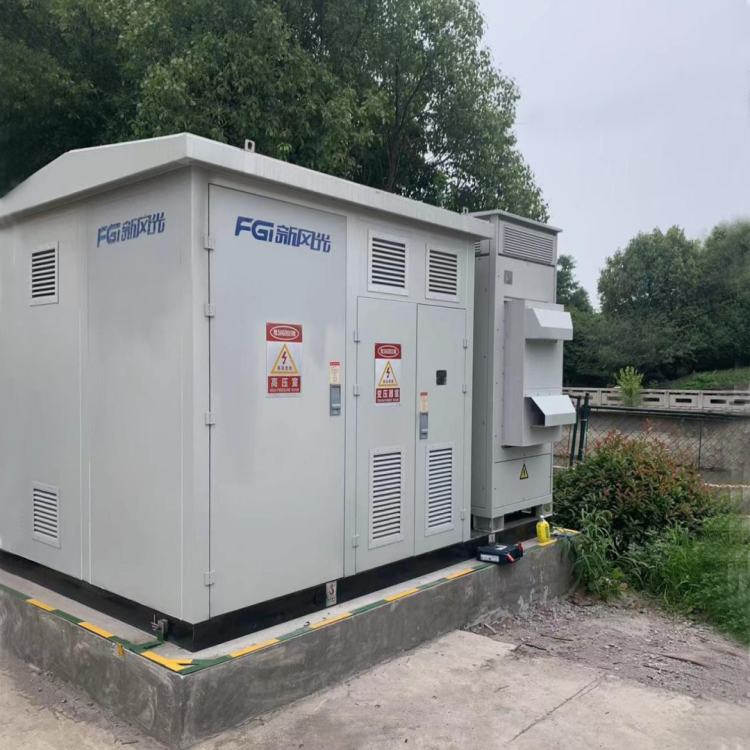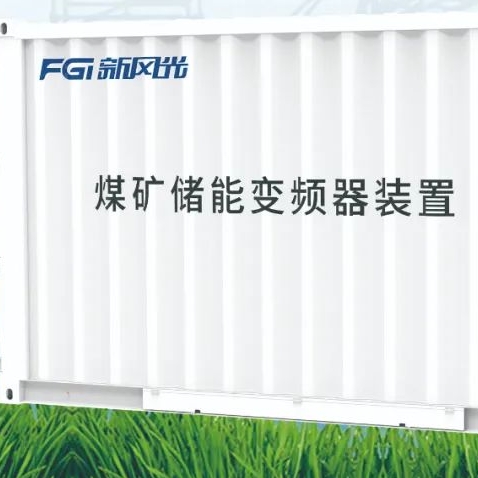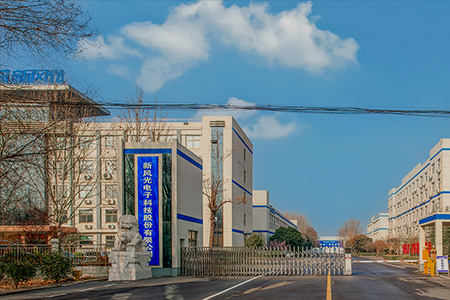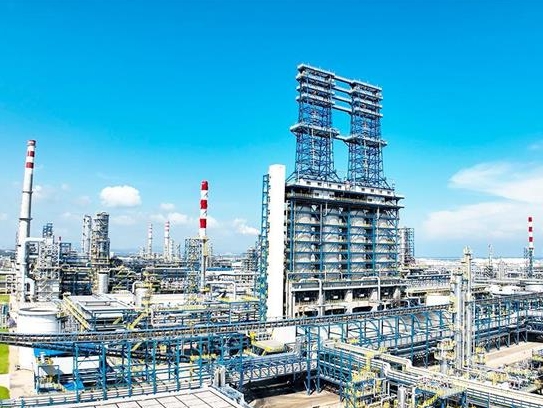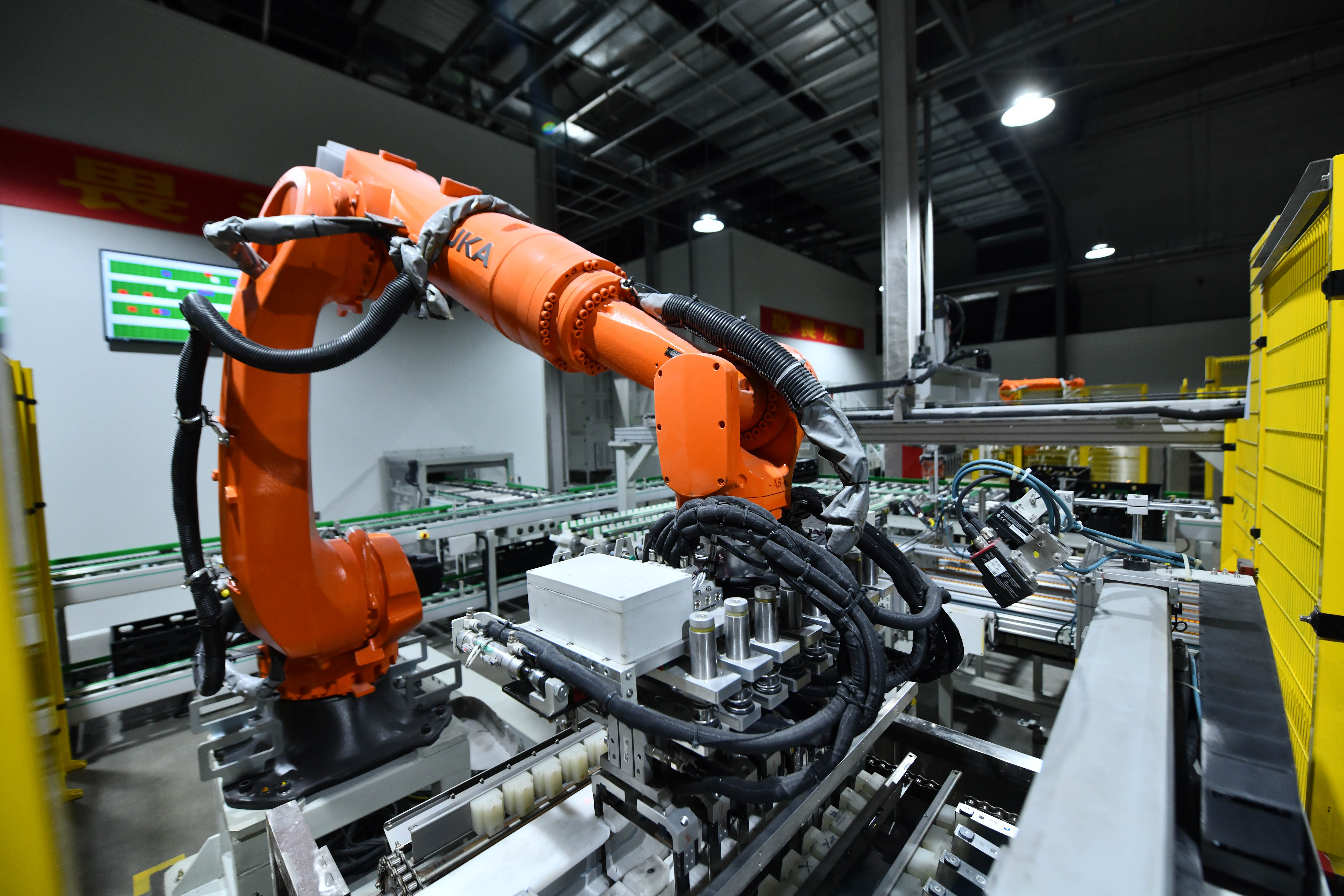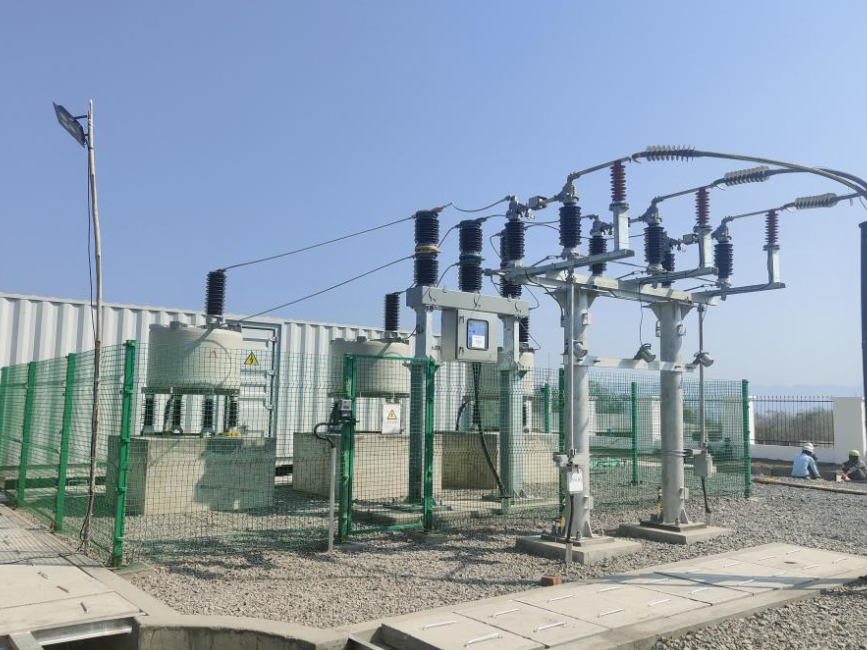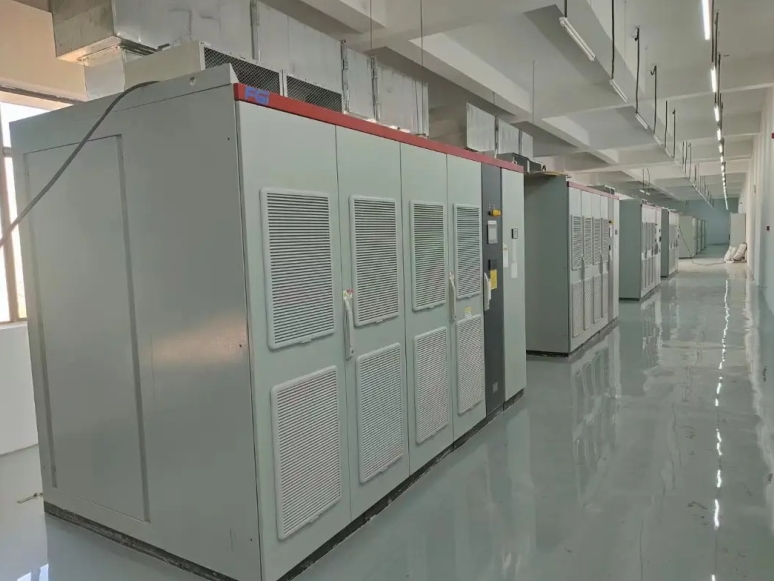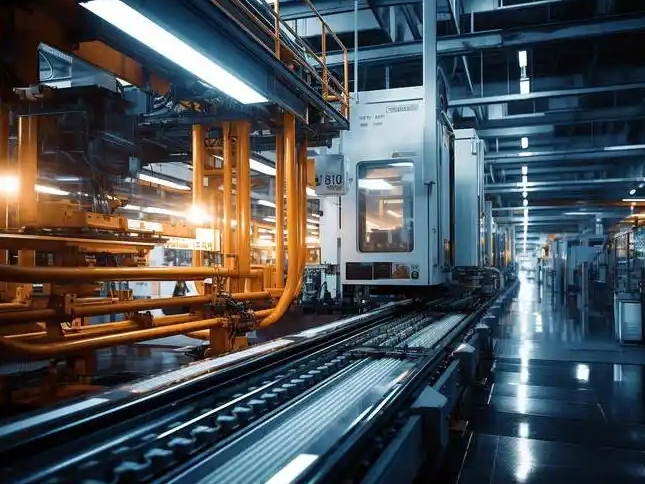The frequency converter inertial parking is one of the frequency converter parking ways, the other way is called brake parking.
1.Frequency inverter free stop
Inertial parking is free parking. When the output of the frequency inverter is stopped immediately by turning off the power supply and cutting off the operation control signal, the motor continues to slide with the inertia generated by its own operation until it stops rotating, which does not generate a feedback voltage inside the frequency inverter.
We set free parking, forward and reverse rotation, and then run to 50HZ, three seconds after stopping, reverse 50HZ, there will be a current limit, no overcurrent. Can this current be limited? How much current is there? I reported it during the test? Note, frequency inverter with motor, motor no load. Normal operation of 30 several currents.
After receiving the stop command, the frequency inverter immediately suspends the output, and the load stops freely according to mechanical inertia. The frequency inverter stops by stopping the output, at this time, the power supply of the motor is cut off, and the drag system is in a free braking state. Because the length of the downtime is determined by the inertia of the drag system, it is also called inertial shutdown.
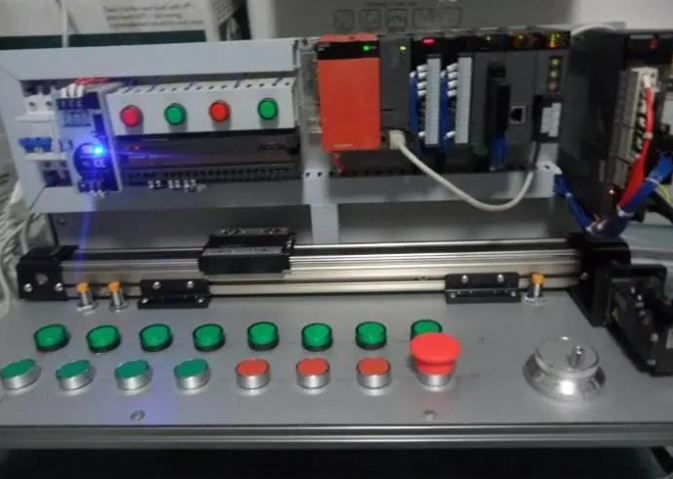
The frequency inverter stops by stopping the output, at this time, the power supply of the motor is cut off, and the drag system is in a free braking state. Because the length of the parking time is determined by the inertia of the drag system, it is called inertial parking. In the inertial stop should pay attention not to start when the motor does not really stop, if you want to start should brake first, wait for the motor to stop and then start. This is because the difference between the motor speed (frequency) and the frequency converter output frequency is too large at the start of the moment, which will cause the frequency converter current to be too large and damage the power tube of the frequency converter.
2.Frequency converter brake stop
Brake stop, that is, slope stop. Brake parking can be divided into DC braking, dynamic braking, feedback braking, hybrid braking, mechanical braking and so on.
The parking mode of the frequency inverter is selected according to the parking time required by the site. Usually, when the parking time is less than the free parking time, the braking deceleration is selected.
Dc braking (that is, a certain amount of direct current is injected into the electric flux); Dynamic braking (energy dissipation with resistance); Hybrid braking (DC braking + power braking); Feedback braking (pumping electricity into the grid); Lock mechanical braking.
Parking is divided into slant wave parking and free parking (fast parking is also slant wave parking, but the slant wave is steeper).
Braking also has mechanical braking (such as lock), energy consumption braking (brake resistance, reverse braking, DC braking, etc.), feedback braking, etc. The need for braking is related to the running state of the motor. When the required stopping time is less than the free stopping time, it is necessary to use braking. Sometimes the motor also needs to brake when it is running normally, such as when the hook is lowered.
In the drive system composed of power grid - frequency converter - motor - load, energy can be transmitted bidirectionally. When the motor is in the motor working mode, the electric energy is transferred from the power grid to the motor through the frequency converter, which is converted into mechanical energy to drive the load, so the load has kinetic energy or potential energy; When the load releases this energy to change the motion state, the motor is driven by the load and enters the generator working mode, converting the mechanical energy into electrical energy and feeding it back to the former frequency inverter. This feedback energy is called regenerative braking energy and can be fed back to the grid through the frequency converter or consumed in the braking resistance on the DC bus of the frequency converter (energy consumption braking).
Where braking energy is generated
1. The process of lowering heavy objects of lifting equipment
2, the rapid deceleration process of large inertia load
3. The donkey head lowering process of the beam pumping

